|
Also available on Windows As everyone should know, I love the Neptunia series. It is my all time favorite video game franchise, and I will fight anyone who tries to tell me it's not great (I routinely fight large number of opponents...). Superdimension Neptune vs. Sega Hard Girls is - as the title suggests - a crossover game between the Hyperdimension Neptunia and Sega Hard Girls series. It's more accurate, however, to say that they shoehorned Sega Hard Girls characters into a Hyperdimension Neptunia game (kind of what they did with Tokyo Mirage Sessions #FE by shoehorning Fire Emblem characters into a Persona game). If you've played any of the three Hyperdimension Neptunia Re;Birth games Megadimension Neptunia VII, then you know exactly what to expect in terms of gameplay. This one plays out exactly like the standard Nep JRPG. In my opinion, that's a great thing. However, if you're super hardcore about your JRPGs, it might not appeal to you. "Challenge" is one thing that does NOT describe a Neptunia RPG. Even if you don't buy the few $1 break-the-game DLCs, the game is NOT difficult, and you unlock some pseudo-game-breaking options just by playing normally (though you can, thankfully, disable or enable these at will). You don't play Nep games for the challenge, though; you play them for the lovable characters and shattered fourth wall. So basically the plot is that you're the Doctor except instead of a Time Lord, you're IF (she's the protagonist in this one); instead of a companion, you have Segami; and instead of a TARDIS, you have a motorcycle possessed by the ghost of Neptune. As you travel through the four eras of Gamindustry's past, you'll encounter Plutia and Mega Drive, Neptune (again) and Saturn, Nepgear and Game Gear, and Uzume and Dreamcast. It's like a Sega fanboy's dream come true (so of course I loved it). It is HELLA goofy, though; steer clear of this one if you're wanting a serious plot with serious characters. FFS, the titular character spends the whole game possessing a god damn motorcycle. It's the best kind of goofy, but it's 110% goofy. I'm not going to say too too much more about this game because it's essentially pure fan service. If you don't like the idea of a silly RPG with personified Sega consoles, you won't like this game no matter what I say; if you think that idea sounds amazing, you're going to like this game even if I say nothing. I, personally, loved the game and almost everything about it, but if I'm being objective, it's really an extremely average JRPG, and my score will reflect that mediocrity despite my personal adoration for it. If you're unfamiliar with the Neptunia series, I don't recommend starting with this one. Go pick up Re;Birth 1 on Vita or Steam and start with that one. If you've put your foot in the water with Neptunia before, however, and are familiar with some of the characters and their personalities (and actually like it; I know I'm a minority on that), then you definitely shouldn't miss this one. I liked it a lot more than most people, and it's admittedly very niche game, but if you fall into the that niche, it's a pretty great experience. My Score - BAlso available on Super Nintendo This, ladies and gents, is one of the rarest games on the Sega Master System, and thanks to having the world's best roommate, I now have a copy. It's not THE rarest Master System game, but it's definitely one of them. I have been hunting this game for almost seven years, and in all that time I have it up for sale ONCE online. Battletoads in Battlemaniacs was, for most of the world, only released on Super Nintendo. Virgin Interactive, had plans to publish a Master System port in Europe, but they scrapped that at the last minute. Since the Master System has such popularity in Brazil, however, Tec-Toy and Virgin decided to release the Master System port exclusively in Brazil. Unfortunately for the Brazilians, what they got was an finished game. In terms of visuals, it's not bad for the Master System. It definitely doesn't push the console to its limits, but it's not a muddled mess. The problem with the game's visuals comes in with the sprite flickering, and I don't mean the common 8-bit sprite flicker. You'd have enemies vanish from screen for a full half second. Environment models would vanish for a second or two at a time. On the infamous speed bike level, once it got going really fast in the last third or so of the level, it was just about impossible to tell what was going on because the whole world would randomly flicker in and out of existence, leading to invisible obstacles on an already brutally difficult level in a criminally difficult game. While we're mentioning it, let's talk about difficulty. I've beaten Battletoads on NES and Game Boy. I've beaten Battletoads/Double Dragon on NES. I've beaten Battletoads Arcade on Xbox One. I've beaten Battletoads in Battlemaniacs on SNES. All without cheats. This Master System port is, without a doubt, the most difficult Battletoads game I've played, and that's not just because the game is intended to be hard. I also have NO problem admitting that I played through this with an infinite lives cheat because even with that cheat, not dying long enough to finish a level was a monumental challenge. The stone pig boss pictured above is a great example of why this game is difficult. If so much as one of your pixels even briefly brushes a single enemy pixel, you take damage. You have to make sure that your attacks are timed PERFECTLY so that you're not touching the enemy when you hit the button but also so that your attack connects to deal damage. Couple that with a hit detection system that's shoddy at best, and you're in for a rough time. The sound is another interesting testament to the game's unfinished status. The first two levels of the game have music. The last three levels of the game have music. Levels 2 and 4 are randomly silent, however. They have sound effects, but no music. In addition to the lack of music in some levels, there's an absence of introductory storyline stills at the beginning of the game, and the game over screen is very abrupt. It's very clearly a game with which the publisher said "Eh, it's good enough. Let's just sell it as is." It does, however, shorten Pimple's name to "PIMP" in game (look on the top left of the screenshots). As I wrap up my review of this, let me be clear about something - I am tickled to DEATH that this game is in my collection. The game itself it complete shit and should never be played on Master System rather than Super Nintendo, but this is the kind of game that collectors have wet dreams about. This is the kind of game that you covet as a collector and play when drunk at a parties. It's just not the kind of game you EVER play sober or to win. The Super Nintendo version is a fantastic game and a finished product; this, however, is an unfinished port to an inferior system, and that much is apparent in every aspect of the game. Great game to own, terrible game to play. My Rating - FThere's been some talk on the Racketboy forums of starting a thread to show off our amiibo collections, and since (thanks to the package from Play-Asia that I picked up today) I have a complete amiibo collection so far, I figured I'd start the thread there as well as posting here so that I can show off to the world my reckless and irresponsible financial decisions. =) You'll see that I have grouped roughly by series, and I'll make small comments beneath each image. Here's my set of the four Kirby series amiibos that released alongside Planet Robobot. Here we have the green, pink, and blue Yarn Yoshi amiibo as well as the green Mega Yarn Yoshi amiibo that released with Yoshi's Woolly World. The fish that wedged underneath the Virtual Boy on the left is my Umio plush from the Megadimension Neptunia VII special edition release, but since that's a PS4 game, he's obviously not an amiibo.
Weapon Shop de Omasse is a very unique game. To some folks, that isn't going to be a good thing. I wasn't sure how I felt about it for the first 30 or 45 minutes, but the game grew on me after a while. It ended up being a good kind of "unique" for me. It's another of Level 5's games, so you know it's going to be creative if nothing else. I can safely say that I've never played another game quite like it. So you play as an apprentice blacksmith working in his master's shop to fill weapon orders on a rental system. Apparently demand for weapons has soared SO MUCH amidst fears of the Evil Lord's return that the raw materials for weapons have dried up, making supply unable to keep up. The way around this is to use what materials blacksmiths can afford to make weapons to rent rather than to sell. Weapon Shop de Omasse is a unique blend of tycoon sim, rhythm game, and RPG. You decide what weapons to make across different types (sword, axe, spear, dagger, etc) and what stats to make weapons for (slash, pierce, or blunt). Different customers will prefer different types of weapons and fight enemies weak to different damage types, so you have to take that into consideration. You also lose the weapon and receive no money if the customer fails his or her quest, so you have to be selective with regards to who you rent weapons to and who you deny. This is where the tycoon sim aspect comes into play. When you're actually making the weapons is the rhythm game aspect. When you forge a weapon, you get a hunk of superheated metal that you have pound into shape by tapping the touch screen in time with the rhythm of the background music (don't worry, they give you markers like any rhythm game). The longer your streak is, the better your weapon's stats are. This is my one grip with the game - there are certain places on the weapon that striking will give you diminished points (but still count as a hit for your streak) as well as certain places that you're not supposed to hit and count as a miss even if you're in time. The problem is that I couldn't figure out how to tell where you're supposed to hit and where you're not. I'm sure there is a way to tell, and the game probably even told me in the tutorial after I had gotten bored reading it, but I couldn't figure it out. Now for the RPG element, both your customers and your weapons level up. Each time a customer completes a quest, he or she levels up, and every time a quest is completed with a particular weapon, that weapon gains experience points. When you polish your weapons, these points are added to its stats. You can also polish each weapon once after forging before it's used in a quest, and I made a point to do that when I had time, but the stat increase is marginal when it hasn't been used in a quest. That's where a bit of risk vs reward comes into play; do you send a particularly strong weapon with a customer on a quest or not? If you do, your customer will have a better chance of completing the quest, netting you money, materials, and more experience for your weapon; if the customer fails that quest, though, you lose your awesome strong weapon forever with nothing in return. Decisions, decisions. There are two types of customers that you'll encounter. You've got your main customers, and each of them have distinct personalities - a pair of acrobatic twins, an adorable old grandmother who was a kick ass warrior in her youth, a stereotypical warrior guy, an overzealous Frenchman, a samurai, a lady pirate, and a drag queen with way too much ass showing (he used male pronouns, so he wasn't transgender). You also have your NPCs, and that's actually what they're called - NPC E, NPC R, NPC A, etc. They're very aware of their status as NPC in a fourth wall shattering sort of way; if you give on a really strong weapon, he'll say "Wow, you sure you don't want to save this one for a real character?" and after completing a quest, some will say "I'll be back later! I'm going to go walk in circles saying the same thing over and over again." It's funny, but it doesn't break the 4th wall so much that it's irritating. Weapon Shop de Omasse is a longer game than you would expect, but it's charming. Within the first hour, you'll probably know whether or not it's a game that you'll like. I, personally, loved it, and I definitely recommend it, especially if you want a more laid back management game. It's not a fast paced action game, but it is a clever game that shows you the OTHER side of role playing games. My Rating - BAlso available on iOS Anybody want to play a game that blends Professor Layton and Elite Beat Agent but with none of the charm or fun of either? Boom. Rhythm Thief has you covered. It's not that the game's bad. It's not a bad game. It's just not a good game. It's ridiculously okay, and as I've said a gazillion times before and will doubtlessly say a gazillion times in the future, that's just about the worse thing a game can be in my opinion It looks very much like Professor Layton in terms of art style, and a lot of the gameplay is very reminiscent of Elite Beat Agents (hence my previous analogy), but it's a death by a thousand cuts sort of situation. The games only flaws are mostly minor, but good lord, there are a lot of minor flaws. To start with, the story is boring af. There's some magic relics that the somehow not dead Napoleon is trying to collect to construct a magic superweapon that's connected to Babylonia...somehow...and your dad is sort of connected to all of it...somehow....and there's this blonde chick who's got the Violin of Time or whatever, and the Illuminati are trying to kidnap her for some eldritch ritual. Then you see your dad like twice but then you sort of forget about him because he's never mentioned after that. Then Napoleon isn't actually the 200 year dead Napoleon, but that's never explained either. And the superweapon flies and controls weather, but that's never explained either. Literally the only redeeming thing about the story is that there's a kid who's transgender but they never make a big deal out of it. That's cool to see normalized. Other than that, it's like a story that tried to be big and dramatic and failed on all fronts. The rhythm games - the core of the gameplay - are fine. They're nothing special, but they're fine. Some of the controls when it has you tilt the 3DS or slide across the touch screen are really finicky and don't seem quite as accurate as they should be, but everything works decently well aside from that. It's just hella average. And that's the game's biggest weakness - it's just average. It's not memorable in any way, shape or form. Duke Nukem Forever is memorable because of what a let down it was for most fans after such a long wait. ET was memorable because it was the straw that broken the camel's back with regards to the industry's collapse. Superman 64 was memorable because what the actual fuck. Rhythm Thief has nothing going for it. It's not good enough to be loved, and it's not bad enough to be remembered in infamy. There is a cool dog named after cheese, though. Avoid Rhythm Thief. It's not an obstacle to conquer because of bad controls or unbalanced difficulty. It's not a joy to play with catchy music and responsible controls. It's not a thrilling narrative with well developed characters. The voice acting is horrible. The plot has more holes in it than Osama bin Laden after Operation Neptune Spear. Like, the only things I actually liked about it was the normalized transgender kid the inclusion of a tiny sliver of Babylonian mythology. That's it. The rest sucked My Rating - FEver find yourself wishing you could play a tabletop RPG but don't have any friends? Here you go. Crimson Shroud is basically a tabletop RPG sans table. Considering that I've never played a tabletop RPG before and am only tangentially familiar with them from hearing my roommate play D&D over Google Hangouts, I didn't really know what to expect going into this game. Turns out it wasn't nearly as hard as I expected. The basic plot of Crimson Shroud involves your party - a generic warrior type, a plucky shooty bow guy, and a not-elf mage chick - and your romp through a ruined castle full of the undead. And minotaurs. There's like a whole damn herd of minotaurs in that damn place. Anyway, you were sent in by some earl to find some dead guy and some book, and you figure that you'll look for a mythical towel that may or may not actually exist. Along the way you discover that the dominant religious institution is full of shit, and your government is horribly corrupt. It's basically just like real life except with magic and zombies. The gameplay, as I mentioned in the beginning, is pretty much straight tabletop RPG. You even have an omniscient narrator who acts like a dungeon master. When you get into a battle, most of your status and stat spells/attacks are dependent on a dice roll, as are things like lifting fog of war. It's kind of neat, but I kind of prefer that stuff be taken care of by automatic scripting since that's basically what happens anyway - not like you can very well cheese a dice roll with a 3DS. One huge gripe I have with the game with regards to this tabletop legacy is that your characters don't gain experience or stat increases whatsoever. Your stats are dependent solely on your equipment, and since there are no shops or anything, you better hope you find some good equipment. That didn't end up being a problem for me - I only ever lost an encounter once, and that was a boss battle that became much more manageable once I googled what approach other people took. It bugs me, though. If I'm playing an RPG, I expect to gain experience and level up. It just feels...unnatural...to have an RPG without experience points. I've always considered experience points to be an integral part of RPGs, at least when it comes to video games, so this game didn't really feel like an RPG to me aside from the fantasy setting any more than Advance Wars does. My last grip with the game is one that everyone who's played it will complain about. There's one part in Chapter 2 where a necessary item for progression is a random drop from a certain enemy type, and it's neither a common drop nor a particularly common enemy. It took me about two hours - a full third of my entire playtime - just to get this one item so I could proceed. I complain about backtracking and necessary grinding as artificially padding length in other RPGs, but this just takes it to a whole new level. If you're going to make progress necessarily dependent on an item drop, at least make it a relatively easy to find item. All in all, I wasn't impressed with Crimson Shroud. It's not a bad game by any stretch of the imagine, and the gameplay mechanics (aside from that fucking random rare mandatory drop) are solid, and the difficulty is well balanced. I just didn't like it. The campaign was extremely short (3 or 4 hours if you exclude the bullshit hunt for that item), the characters felt flat as pancakes, and the dungeon was extremely linear and left very little exploration to be done, although the overall narrative was excellent. I know a lot of folks really like Crimson Shroud, but it was just okay to me. My Rating - CI've had Senran Kagura Burst downloaded on my 3DS for a good while, and I've had a PAL import copy just for the sake of having it on my shelf for a good six or seven months, but I've just now gotten around to beating it. Senran Kagura Burst sounds good in theory. Anime waifus in a fast paced beat em up. Well, unfortunately, it's just okay. The story mode has you choose one of two sides - the Hanzo school of good shinobi or the Hebijo school of evil shinobi. Each of the two campaigns is divided into five chapters with about eight key missions and another four to eight optional side missions. To really "complete" the game and get both sides of the story, you naturally need to play through both the Hanzo campaign and the Hebijo campaign and complete every mission in all five chapters with all characters. Had I been totally in love with the game, I'd have done that. I did not love the game that much, though, so I just played through the key missions on the Hanzo side, did whatever side missions with whatever characters I needed to in order to grind up enough to complete a few particularly tough missions, and called it a day. The game's not bad, but the story didn't really grab me enough to bother with all the rest of that. It's basically "The evil ninja stole our school's Super Secret Ninja Art Scroll (that's seriously what they call it)! We need to go get it back!" That's the core of the narrative. It's simple, and it works, but it's not gripping or interesting enough to entice me to spend more time with the game. One aspect of the game that's extremely redeeming, however, is the characters. They're basically anime stereotypes, but despite the shallow stereotypes I enjoyed the characters. You've got the serious and fairly strict class rep, the lesbian whose every other action is sexual harassment if not outright molestation, the quiet and gruff tsundere, the totally clueless but adorable (and freakishly strong) idiot, and the exceptionally average character who ends up saving the world or whatever. You know, your cast from just about every anime style game comprised entirely of female characters ever. But I love it. It worked, and their interactions were entertaining Unfortunately, that's about where the redeeming aspects end for me. There isn't anything about it that I found to be particularly bad aside from the inconsistent difficulty curve. There were times that I'd beat a mission easily on the first try and then immediately fail the very next mission, grind five levels, and then only barely beat it; the next mission after that, I would beat easily in one try. Really, though, I only noticed that in two or three places, and that was the only aspect of the game that I felt was a negative. The rest of it was just okay, and "okay" doesn't make for a memorable game. I'm pretty sure half of the development budget was devoted to boob bounce physics, but with Dead or Alive, Onechanbara, and Gal*Gun, that alone doesn't make it a stand out game. Give it a shot if you can find it cheap (which is unlikely for us Americans since our only option is digital), but don't go out of your way for this one, and don't pay more than $10 MAX for it (really, I'd stick to $7 or less) My Rating - CSpirit Camera is a spin-off game for the Fatal Frame series, and I got this about a year ago when I bought the entire Fatal Frame series in a single giant lot on eBay. I didn't get around to playing it until now, however, and honestly, I wasn't really missing anything. First and foremost (and least importantly to be frank), the name drives me insane. It's a Fatal Frame game; I feel like that should be somewhere in the game's title. I mean, when you get to the game's main menu, the story mode is called "Fatal Frame: Diary of Faces," but it irks me in a really pet peeve-y sort of way that the game itself isn't called Fatal Frame: Diary of Faces. But I digress Spirit Camera is a beautiful example of a brilliant concept with atrocious implementation. Most of the game is augmented reality; the central character is a ghosty girl named Maya, and she appears in your living room (or bedroom or bathroom or office or wherever you're playing) through use of the 3DS's two external cameras. The Diary of Faces itself is actually an AR book that ships with every copy of the game (don't worry, guys who buy games loose; Nintendo was kind enough to provide a PDF online that's only mildly irritating to use). My first complaint about the AR format lies in the quality of the 3DS's outer cameras; they're just too low resolution to really feel any immersion. Don't get me wrong, the effect is cool, and I'm glad they did it - I'll take a "meh" creative idea over a bland idea - but with the low resolution of the cameras used, the game relied on it too much. Using them if fantastic, but for probably 75% of the game, you were looking at a blurry version of what's actually right in front of you. My other complaint comes from my atrocious sloth - it made me move around. I didn't have to chase the ghosts or anything, but you have to be able to turn 360 degrees at any given moment and look up and down quickly because the ghosts do surround you. For those as lazy as I, moving the system to aim or look is super cool, but I'd prefer it stick to a 150 degree or so angle in front of me.. As for the visuals that aren't captured with the camera, they actually look quite good. I haven't seen character models look this good in many other 3DS games. It's no PlayStation Vita, but they look good. The sound design is exactly what you'd expect from Fatal Frame - the most important character has decent voice acting, but the rest suck and talk way too slowly. That's okay, though; that's become pretty standard for the series. The story is also extremely business-as-usual for Fatal Frame and reminded me a LOT of Fatal Frame V. There's some village that has to perform some ritual to keep something spiritual from destroying it, so they get a shrine maiden who's been kept in total isolation her whole damn life to undergo some horrific ritual to appease imaginary spirits and save the world. Or something. It's not bad, but it's not great either. Hella "meh." The biggest problem the game has other than just generally not being all that interesting is that it's super short; from the time I first loaded the game to the time I finished the final boss, two hours passed. That's it. Two hours. There are a couple of other game modes that I was way too bored to feel like trying out, but the story mode, start to finish, is two or (at the maximum) three hours. Fine if you're at the DMV and don't mind looking like an idiot spinning in circles, but don't expect a grade A horror experience from this like the other Fatal Frame games provided. It sucks that I'm left so utterly disappointing in Spirit Camera because I am a HUGE Fatal Frame fan. I have a Japanese copy of Fatal Frame 5 that I can't run on my North American Wii U and couldn't read or understand even if it weren't region locked JUST because I love the series so much that I wanted a physical copy of the game on my shelf (and it was cheaper than the PAL version). I'm sorry, but I just can't recommend this one. If you want a horror experience on your 3DS, stick to Corpse Party or Resident Evil: Revelations. My Rating - DBugs vs. Tanks! is a game that I picked up on the 3DS eShop months ago - maybe even a year ago - when all of Level 5's stuff was on sale. I'm a huge fan of Liberation Maiden, and all of their games were on sale for like $1, so I figured what the hell, I'll give them all a download. I might even play them some day! Well, at least for this game, "some day" came during my sleepless night last night, and I gotta admit, as much as I love sleeping and wish I could have done some of that last night, there are way worse ways to spend a sleepless night. Bugs vs. Tanks! puts you in the shoes of a German tank commander during World War II (that's right, you actually get to play as the Nazis in this game, although you don't do any really Nazi things). You and the rest of your tank battalion find yourselves shrunk to microscopic size and in a fight for your lives with all manner of typically harmless bugs. Of course, you assume that this is some sort of dastardly Allied superweapon - because why wouldn't you immediately blame your enemies in war? - but then you discover an Allied tank battalion that's also been shrunk, and they assume that it's the result of the some dastardly Axis weapon. The game is comprised of 40 levels that take roughly five minutes to complete. The first 30 levels are your main story missions; the last 10 are essentially epilogue missions. Those last 10 missions still continue the story from the first 30, but they're very much "extra" in terms of narrative. The narrative isn't really the strong point of the game, though - it's the bug killing. Who hasn't at some point wanted to shoot a giant ant in the face with a German Tiger tank? Or is that just me? Is that weird? The gameplay works like your standard third person tank shooter. You move and turn your tank with the circle pad, and you rotate your cannon with the Y and B buttons. Holding the L button will zoom out the minimap displayed on the bottom screen. Doing so sacrifices the ability to see enemies on the map, but it does roughly triple the amount of the map that you can see - very useful for finding the off-to-the-side places that often hold hidden upgrade tanks scattered throughout the game. As for firing your tank, there are two modes - Manual and Automatic. If you select Manual, the R button will fire your cannon. If you select Automatic, the AI will automatically fire the tank cannon as soon as you turn it to face an enemy, and holding the R button will prevent him from firing. You also have a machine gun on the front of the tank that will constantly fire at enemies in front of you automatically. The machine doesn't do any actual damage, but it can stun your enemies, giving you the opportunity to fire off another shell or two before the bugs get close enough to attack you. It plays a lot like a cross between Earth Defense Force and Honey I Shrunk the Kids, and absolutely everything about that is a good thing. There is a co-op mode (I assume only local wireless, not wifi, but I'm not sure), but I wasn't able to test this out. From what I can tell, though, it's much like EDF's co-op mode - you just play through missions with two to four allies, though it seems like the co-op missions in this game are mission that are made specifically for co-op rather than just playing through the campaign with friends. One other feature of note - they're a function that gives you a bonus if you have save data from another Level 5 game on your SD card or system storage (I had a Liberation Maiden playthorugh save on my SD card), you unlock a beautifully gaudy solid gold tank that is much stronger than the first few tanks you unlock, giving you an advantage early on while you learn the feel for the game. It's certainly not a must, but if you like tacky things like me and enjoy being just a little bit overpowered in the beginning, it's worth noting, especially if you've got Liberation Maiden or Crimson Shard on your 3DS (I think there might be one or two other games that are also compatible, but I don't remember for sure). Bugs vs. Tanks isn't a masterpiece for the ages that pushes the boundaries of gaming norms, but it is a really fun way to waste three or four hours. I'm not sure I can say that it's worth the normal $8 price tag, but if you find it on sale for $5 or less, absolutely download this game. Its simplicity is part of its strength; it's easy to pick up, easy to learn, and loads of fun, especially with the various paint jobs that you can unlock. You can unlock polka dots, hearts, tie-dye, and about a gazillion different camo patterns and colors along with your standard solid color paint jobs (I, of course, played the whole game with the tie-dye). If you're looking for a good time killer for short bursts on the go, look no further than Bugs vs. Tanks! My Rating - BSweet Fuse: At Your Side was the first game that I ordered online for my PSP months and months ago when I first got the system, but it wasn't until this week that I actually got around to playing through it. I ordered it based on my friend Exhuminator's recommendation in a discussion about visual novels on the Racketboy forums. I know the genre is really hit or miss in terms of whether or not people like it - you usually either love them or find them dreadfully boring - but I fall into the former category; I'm a HUGE visual novel fan. I'm quite familiar with visual novels, but this was my first otome game (which, for those who don't know, involves a female protagonist surrounded by male supporting characters, typically involving a romantic interest). I'm a HUGE fan of harem anime (probably because I'm a sad, lonely little man), so I wasn't sure how I'd feel about the reverse of that, but I gotta admit, I'm pleasantly surprised. I didn't think it'd be my cup of tea, but while I still much prefer my good ol' harem story, I really enjoyed this one. The premise of the story is that your uncle is the designer of a new video themed amusement park that's opening, and as his niece, you get to go to the park's grand opening. Then the Ferris wheel explodes, and a terrorist in a pig costume (I'll call him Oinksama bin Laden because I think that's a better name than his actual name) takes your uncle and the investors in the park hostage and says that he'll kill them and blow up the entire park if seven people fail to complete seven deadly challenges in seven day. Being an idiot high school girl worried about her uncle's wellbeing, you volunteer. Six other sorry saps are then drafted into Oinksama bin Laden's twisted game. That brings me to my first gripe with the game. With visual novels, I have higher expectations for story and plot than I do for other genres of games, so I was more than a little disappointed when I finished the game with absolutely no clue who Oinksama bin Laden is, why he took hostages, or why he wanted to blow up the park. There are different endings based on which character you chose to romance (I picked the awkward reclusive gamer because I identified most with him), so I don't know if you get a "true" ending from seeing all six of the character endings, but the ending I got left a lot of unanswered questions that I feel even with a "true" ending should have at least been hinted at. In addition to the unanswered questions, I also felt that my particular route's ending was too abrupt. It's the virtual novel romance story equivalent to some serious blue balls. I'm not going to spoil that route's ending, but it was a major let down. I mean, it made sense and fit the characters, but still, I was disappointed. I thoroughly enjoyed the rest of that route's path-exclusive scenes and dialogue, however, so overall, I think the awkward loner gamer route evens out as a good pick. I'm also not sure if there are different endings for each route based on how high your affection level is and if I missed any opportunities to raise that, so I could have gotten the "bad" ending for that route. Not entirely sure. All in all, Sweet Fuse: At Your Side is a good visual novel, and it's definitely the kind of niche PSP exclusive that deserves a spot in one's collection. The myriad of endings give it a ton of replay value, but unfortunately for me, I just didn't find the game's overall narrative interesting enough to warrant subsequent playthroughs. That's not to say that I found the story bad or wanting or anything. It's just not my cup of tea personally. For one whose VN style of choice is otome, it's probably a fabulous game, and I suspect that I'd have been much more into it if it were a harem game. It's a good game, but it's spot on my personal "Favorite Visual Novels" list isn't too high. My Rating - BAlso available for Wii U, Switch, Xbox One, PlayStation 5, DSi, iOS, and Windows With the release of Shantae: ½ Genie Hero on PS Vita, PS4, Xbox One, Wii U, and PC this month, I'm finally getting around to playing some of the series. Since I have one of the sexy and rare Limited Run physical copies of Risky's Revenge on PS4, that's the version I decided to play through (I also have the DSiWare release downloaded on my 3DS). Having wrapped up the original a few days ago, I can say that this game improves on its predecessor in just about every way imaginable. Risky's Revenge takes place after the events of the original game (although there's not really a grand narrative or lore one must know). Risky Boots, the nefarious pirate queen, is butthurt after Shantae beat her in the last game, so she steals some mysterious oil lamp as part of her plot for revenge, hence the game's title. The game is an action platformer like the original, and you're tasked with finding and collecting three magic seals before Risky can get her hands on them. These magic seals unlock the power of the oil lamp; obviously, getting these before Risky can will put a pretty big dent in her plans. Even when playing on Playstation 4, it's important to keep in mind that this is just a port of a DSiWare game. It's got certain enhancements, and the dialogue scenes obviously look quite good, but you're still in for a relatively pixelated game. That is by no means a bad thing - the game looks fantastic for the DSi - but don't expect a full HD rework beyond upscaling. The one gripe I do have with the visuals, however, is the aspect ratio. While it's not technically locked into 4:3 - you have the option of 4:3 with borders (seen above), 4:3 with just black borders, or 16:9, the 16:9 option just stretches the 4:3 screen, making it look warped and awkward. You get used to it in 4:3 after a while, but when you've become accustomed to playing games on a 16:9 screen, 4:3 can get irksome for some. Like the original game, you've got different forms you can take based on your magic belly dances. The monkey and elephant return from the original game plus a new mermaid form (no spider or harpy, though, I'm afraid). In addition to the forms themselves, there is a power-up for each form - the Monkey Bullet, allowing you to shoot through the air as a monkey when hanging on the wall; the Elephant Stomp, doing exactly what it sounds like; and the Mermaid Bubble, letting you fire a bizarrely distructive bubble through the water in front of you as a mermaid. All three forms as well as all three power-ups are needed to get through the game's various challenges, and if you want to acquire all 34 collectibles throughout the game, you'll need to go back and re-explore most of your previously visited areas once finding all three power-ups. One of the things I said about the original game is how damn technically impressive it was for the Gameboy Color. The sound design was phenomenal, the colors just popped off the screen, and the animations looked like they really shouldn't have been possible on such primitive hardware. While Risky's Revenge doesn't quite "wow" for the DSi the way that Shantae did for the Gameboy Color, it did improve in every single area. Colors remain exceptionally vibrant, the music is still just as charming, and the animation is still smooth and fluid. The humor in the writing still gets a good smile and chuckle out of me. Where the game most improves over its predecessor, however, is in the are of controls. The first game, while charming and technically impressive, had very hit-or-miss feeling controls. That's not the case with Risky's Revenge. The combat hit detection still isn't flawless in my opinion, and there are several platforming sections where the inability to see very far below you led to several irritating deaths, but the improvement in overall controls is still night and day. I had to force myself to finish the original despite my love of the character and visuals; while a little frustrating in a couple places, at no point did Risky's Revenge ever begin to feel like a chore. Risky's Revenge is exactly what a sequel should be - it improves on the original in every way while retaining the core gameplay that made fans appreciate the previous game. The character of Shantae is delightfully charming, and the gameplay finally feels polished enough to be more fun than frustrating. Couple that with the pleasant music, the clever level design, and the cute dialogue, and you've got a winning combination here regardless of whether you're playing on DSi, Playstation 4, or Wii U. My Rating - AAlso available on PlayStation 4 and Windows After the obnscene amount of zombie slaughtering fun that I had playing Dead Rising 3 back when I first got my Xbox One, I was STOKED when I saw the announcement for Dead Rising 4. I ended up inadvertantly breaking my rule of getting all non-Wii U multiplats on PS4 (nothing against Xbox One, I just think the PS4 runs smoother and has a better controller) because I didn't know that Dead Rising 4 was only a timed exclusive until Amazon had already shipped my pre-order, but whatever, that's fine. It looks good sitting next to Dead Rising 3 on my shelf anyway. Dead Rising 4 takes place in Willamette, Colorado, the same setting as the first game, and like the first game, features photojournalist Frank West as its protagonist. You go back to Willamette right around Christmas to investigate a renewed zombie outbreak - something that shouldn't be possible considering that federal law required everyone to be vaccinated against the zombie pathogen. From there, the mystery starts to unfurl as you use your wits, luck, and flaming swords/explosive sledgehammers to uncover the truth and fight off the zombie horde. The story is actually fairly well written. It didn't ensnare me quite the same way that Dead Rising 3 did, but truthfully, I think the narrative is much better crafted and cultivated in Dead Rising 4. There are certainly many areas for improvement, but the plot definitely had enough meat to keep you interested. Let's start with the good. Graphically, the game looks quite good. It's got a decent (albeit irritating after a while) soundtrack of classic Christmas tunes playing through the city, and the sound design for the weapons is great....mostly. There's a totally-not-a-lightsaber red laser sword you can find that makes sounds good enough to flirt with a Disney copyright. There are some flaws, however. With the sledgehammer-with-grenades-tapped-to-it pictured above, for example, sometimes you get a good, meaty BOOM while other times you may get a silent explosion. The overall sound design is good, but it definitely feels like there were some loose ends that could have stood another month or two of polishing before release (and this is after the ~12 GB update....). Now, unfortunately, we must address the not-so-good. The game plays very much like Dead Rising 3, but unfortunately, it feels just...less. I don't know how better to describe it but "less." The vehicles are cool, but they're much less entertaining and outlandish. The weapons are awesome, but they're less diverse and less ridiculous. The costumes and outfits are great, but they feel a little less goofy. For a game that's built almost entirely around the premise of "kill zombies in ridiculous fashions," that's a huge deficit. If this is your first Dead Rising game (or at least if you haven't played Dead Rising 3), then you're in for a treat, and you'll probably nothing wrong with the weapon, vehicle, and outfit diversity. If you HAVE played Dead Rising 3, however, then you're still in for a great time, but be prepared to be a little bit let down. My biggest problem with Dead Rising 4 is not the intermittent sound cut-outs (although that's annoying) or the relatively lackluster weapon and vehicle selection (although that's disappointing) but the infestation of bugs at the end of the game. With the exception of the aforementioned sound glitches and a few random bugs where I got stuck on some invisible barrier in the middle of the floor, I didn't really encounter any noteworthy bugs in most of my playthrough. That all changed in the last case. I hit some MAJOR bugs in this one. At one point, I'd randomly fail a chase mission after clear it in time, if I paused the game, it would CHUG at about 10 seconds per frame (yes, you read that right) until I unpaused it, and the game completely crashed on me as soon as I beat the final boss. Fortunately for me, it did save the checkpoint after killing the boss, but the game refused to launch for a good ten minutes after crashing. Even power cycling the Xbox didn't help; I was just stubborn and kept trying to launch, and it eventually worked. After all that, the cut scenes would absolutely churn, going at - like the pause menu - a good 10 or 15 seconds per frame. I eventually got through it all, but it definitely took me a good hour to get through what should have been fifteen minutes of cutscene and gameplay, and that's without factoring in the crash and refusal to launch. I enjoyed Dead Rising 4. I really did. It was a bit disappointing after the near-masterpiece that was Dead Rising 3, but I truly did have a great time playing it. That's why it pains me so much that the performance is so horrendous at the end of the game. That one issue really leave a sour aftertaste for an otherwise great game. I definitely recommend Dead Rising 4, but I'd recommend waiting for some more patches or (what I wish I had known was an option) waiting for the Playstation 4 release in a year. My Rating - BAlso available on 3DS via Virtual Console, Switch, PlayStation 4, PlayStation 5, and Windows Unfortunately, I had to play this game via the 3DS virtual console. I have a good sized collection of extremely rare and valuable games, but Shantae isn't in it (yet). Despite this game's cult following, the universal critical reception every game in the series has received, and the commercial success of its sequels, I can't help but find myself feeling a little disappointed after finishing the first game. It's not bad by any means, but I suppose half a decade of beloved sequels and a legendary original release (at least in terms of rarity) has built up an expectation in me that no Gameboy Color game could ever have met. Shantae is an action platformer not entirely unlike Mega Man, although instead of killing enemies with an arm cannon, you beat them to death with your pony tail. THAT aspect of the game will never cease to bring me joy. You play as Shantae, a half-genie who protects a small coastal town and who ends up on a quest to stop Risky Boots, the nefarious pirate queen, from building some steam powered super weapon by finding some magical tablets before she does. Or something like that. I played this game on and off for three years before actually finishing it, so forgive me for having a bit fuzzy a memory. For the most part, the game's mechanics are fairly solid, but there are some aspects that feel like they could have used just a little more TLC. The hit detection, for example, felt very hit or miss to me (no pun intended). Most of the time, it was just fine, but there would inevitably be an instance every now and then where I definitely should have hit an enemy and didn't or definitely shouldn't have been hit by an enemy and was. It is, however, a Gameboy Color game, and even if it was released in 2002, so I cut it some slack due to the system's technical limitations. Where the game really shines, however, is with the visuals. It seriously puts the "color" in Gameboy Color. The character models are the most vibrant and colorful I've seen in any GBC game, and the animations are a technical feat for the system. When you finally clear a dungeon and find its magic stone thing, her twirling animation is something that seriously shouldn't be possible on hardware as limited as the Gameboy Color. The music is also absolutely delightful - a surprise given how painful to the ears a lot of Gameboy Color and even Gameboy Advance music can be. Truthfully, I think the game is worth playing despite its few mechanical shortcomings just to appreciate the visual and audio design and the performance that WayForward was able to coax out of the aging GBC. Shantae is not a masterpiece of a game (although the case for it as a masterpiece of visuals for the system can be argued), but it is a good game. It's also an almost mythically rare game for the system if you have the original cartridge. The color, the animations, and the music are all worth experiencing as they truly showcase what hidden potential the Gameboy Color had. It's just a shame that the gameplay doesn't live up to the standard set by the series' reputation and the other design elements of the game. My Rating - BWaaaay back in 2013 when I was till in college, I picked up Shin Megami Tensei IV on a whim. I'd never played a game in the series before, but a friend of mine kept going on and on about how great the series was and what an amazing game IV was going to be, so I figured what the hell? I'll give it a shot. Thus was born my love of the Megami Tensei series. When I heard the announcement for Shin Megami Tensei IV Apocalypse, I immediately went on Amazon and pre-ordered the game. It took me a month or two to get around to actually starting the game, and then I took a break halfway through to play Pokémon Moon, but having finally finished it tonight, I can say that it is a wholly satisfying game, even if a bit too long. If you've played Shin Megami Tensei IV, then you already know how Apocalypse plays. Their gameplay is EXACTLY the same. If it ain't broke, don't fix it, right? Apocalypse isn't technically a sequel to SMT4, but it does take place in the same universe (albeit an alternate one) and will spoil a bit of the story of SMT4 in various ways, so make sure you play that one first if this piques your interest. Now as for the story, it takes place in the year "203X," 25 years after an apocalyptic war between Merkebah's angel army and Lucifer's demon army. Caught in the crossfire was humanity, leading to a massive nuclear cataclysm. In a last ditch effort to save Tokyo from annihilation, a hero erects a massive dome over Tokyo, saving from nuclear holocaust but subjecting it to complete isolation. On top of this dome forms the Eastern Kingdom of Mikado, a Judeo-Christian theocracy. You play as Genericunnamedplayercharacter, a 15 year old aspiring to join the ranks of the Hunters, an organization that tries to protect the last vestiges of humanity from the hoards of demons and angels infesting Tokyo. I won't spoil the story itself, but the context is that you're bound to the god Dagda who wants to use you to slay Merkabah (YHVH's avatar) and Lucifer (Satan's avatar) as only humans can permanently kill gods. Also, for those whose Judeo-Christian mythology is rusty, YVHV is the theonym for the Abrahamic god. Anyway, plot devices happen, and third faction, an alliance of polytheistic gods called the Divine Powers, is formed and stands in opposition to both Merkabah and Lucifer, adding another box on Dagda's "to have my Godslayer kill" list. For those who have played SMT4, you may remember that most all choices as well as the three endings were solidly either Chaos, Law, or Neutral. Apocalypse has several different endings based on your choices (although, fair warning, most choices you make don't affect anything), but none of them are as obviously Law or Chaos. Rather, they're pretty much all variations of neutrality, making them a lot more interesting in my opinion. The storytelling in Apocalypse is really stellar, and it will rip out your heart and grind it into dust on a few different occasions. My favorite aspect of the game, however, is not about the narrative but rather some of the mechanics and how approachable it is. Apocalypse offers five different difficulty settings, making it extremely accessible for long-time Megami Tensei veterans all the way down to "This is literally my first JRPG ever." If you find yourself completely up against a wall (or just want to wreck everything ever) and have a few bucks to spare, Atlus offers your standard "pay to win" DLC. For $1 each, you can download special dungeons that give you massive exp boost items, ridiculously valuable items to sell, more app points, stronger demons, you name it. Normally I think pay-to-win schemes are the worst thing in the world after mandatory after school meetings, but in a purely single player game, I don't really have a problem with them, especially at such a low price. Want the extra crutch? They're cheap downloads. Don't want it? Just ignore them. After you kill the Divine Powers, Merkabah, and Lucifer, you get to the most god awful obnoxious dungeon I've encountered yet in an 8th gen RPG. In the last dungeon, you fight reincarnations of all the hardest shit you've fought for the past 45 hours (dungeon-wide boss rush; great) culminating in a duel with Satan and, at last, a fight to the death with YVHV himself. Ever wanted to literally kill God? Here's your chance. It is - obviously - not an easy final boss, but by the time I got to him, I was 50 hours in and level 120, so with some careful item management and strategic move use, it was an extremely manageable boss fight. I'm not sure if I'm prepared to say that Shin Megami Tensei IV Apocalypse is better than its predecessor, but it's a DAMN good game, and it really makes you think. This is not a game for the easily offended with regards to religion, and it really does force you to confront some difficult theological questions, especially the very end of the game. Being an agnostic myself, I wasn't prompted to do any soul searching or anything of the sort, but as I'm fascinated by theology in general, I absolutely loved the neutral, questioning tone the entire game took. If you've got a 3DS and are a fan of JRPGs, I absolutely positively recommend this one. It's a good 50 hour commitment and does start to feel like it's dragging by the time you get to YHVH's domain, but it's an incredible experience that ought not be missed. My Rating - SAlso available on PlayStation, PlayStation Portable, Game Boy Advance, and iOS I got Tales of Phantasia as a birthday present last week when I turned 25. I had been wanting to explore some more Japanese 8 and 16 bit RPGs since I can use translation patches on my Retron 5, and one of my college buddies came through for me by ordering me a copy of this. I also wanted to play it because my buddy darsparx was also playing it (and had a good bit of a headstart, so I wanted to see if I could beat it before he; I did). The story is fairly standard for a 16-bit RPG - evil magic guy kills a lot of people, plucky band of ridiculously underaged heroes tries to save world, every kingdom on the planet ends up indebted to them, yay player. The story definitely isn't bad, and there are a few parts that just crush your heart underfoot, but it's not going to do much to surprise you if you're familiar with the standard RPG formula. The characters, however, are extremely likable. Or at least Arche is. She's incredible, especially if you use the DeJap translation patch (it takes a few entertaining liberties with the dialogue translation). As for the gameplay, it plays like a bit of a blend of JRPG and ARPG styles. It's got the inventory management, part setup, and overworld system and random encounters of your standard JRPG, but the actual combat takes place in real time on a 2D plane. You can pull up a menu that pauses time to use items or have your party members use a magic spell, but they mostly act on their own depending on which of four "tactics" options you picked. They're also not exceptionally bright; they have a tendency to use spells repeatedly that end up healing certain enemies, so you've got to keep on top of your AI management. The combat is where the game started to lose me. I love JRPGs. I like ARPGs. I'd prefer my RPGs pick one of the two. I know a lot of people really like that hybrid style, but I'm not a big fan of it. My other big gripe with the game is the encounter rate. Jesus Christ on a bicycle, it's like every four steps, there's an enemy. I know that's fairly standard for older JRPGs, but still, it got really old really fast. The one bright side to that is that you (almost) never need to grind for money for exp because you spend so much time massacreing owls and stepping on fairies. By no means does the enconter rate break the game, but it gets REALLY irritating when you're trying to figure out how to get through a dungeon, and throughout most of the game, it says "irritating." It doesn't make thing "hard" until the last couple dungeons when enemies and environmental hazards really start doing a number on you. One thing that I absolutely have to point out is the audio design. The soundtrack is really stellar, and it reminded me all over again of why I usually prefer the Super Nintendo sound chip over that in the Sega Genesis - the music is just so smooth and well done. I know that's partly because Namco really has its shit together, but I can't help but think that it just wouldn't sound as smooth on Genesis. But as great as the music is, that's not the most impressive part of the sound design. The most impressive part is the voice acting. Yes, voice acting in a 16-bit cartridge game. It's not like fully acted cut scenes, but each spell has recorded dialogue that plays when its used, and there's some EXTREMELY impressive dialogue in the game's opening. I know it's not unheard of - there's a little bit of that in a couple of my Sailor Moon games - but the extent to which it's used in Tales of Phantasia and the quality of the voice recording really impressed me. It may not be a "technical marvel," but it's certainly very impressive. Another thing that impressed me was how smooth and detailed the paralax scrolling is. I know paralax scrolling is common on the Super Nintendo, but the smooth fluidity and detail of the backgrounds really impressed me. Other flaws aside, the game is extremely please to hear and see. I have my own gripes with some stylistic choices for the game, but I can't hold subjective preferences against it. Tales of Phantasia is an extremely well made and good looking RPG, and it's a shame that it took more than a decade for it reach American shores. I can't attest to the quality of the remakes since I played the Super Famicom original, but I was extremely impressed with the qualty Namco coaxed out of the hardware, and I thoroughly enjoyed most of my time playing it. I wouldn't recommend it for casual RPG players, but for serious fans of the genre and of the Super Nintendo in particular, this needs to go on your game queue. My Rating - AI'm not going to lie. As big a Pokémon fan as I've been for most of my life since Red and Blue debuted in the United States, I was not very hyped for Sun and Moon. The series really lost my rabid attention with X and Y when they introduced Mega Evolutions. When I read about the Z-moves in Sun and Moon, I was NOT excited. When I read about the Alola form Pokémon, I was not excited. But I've been a dedicated fan for years and years, so I gave it a shot. I am not disappointed. One of the first things to note about Pokémon Sun and Moon is that while the core gameplay remains true to form, the set-up of the game is very different than in previous iterations. The first six generations of Pokémon games all followed an identical format - battle eight gyms to get badges, battle Pokémon League, get bitches. In Sun and Moon, there's a similar format, but it's not identical. Gone are the eight gyms. Now you have to travel across the four islands of Alola and complete the island trials, each island culminating in the island's grand trial against the island kahuna. Each of these battles (along with a few non-trial events throughout the game) grant you a Z-crystal for a certain type, allowing you to perform Z-moves of that type when given to a Pokémon to hold. After you finish all of the island trials, THEN you fight the newly created Alola Pokémon League and get bitches. Of course, though, the reason people play the new Pokémon is always for the new Pokémon, and I'm extremely satisfied in that regard with this game. I've not seen all of them, and I've only caught one of the legendaries as of right now, but from my playthrough of the storyline, there are actually some pretty cool Pokémon. They've done a lot to improve the deficit of Normal type match-ups (by which I mean Pokémon that are Normal type and some other type). Whereas before it was almost impossible to find a Normal type Pokémon that wasn't either pure Normal or Normal and Flying, there are a fair handful now that are Normal and some other type, and that's a welcome addition in my book. The Alola form Pokémon also ended up being a lot cooler than I had expected, and they really grew on me. To my knowledge, it's only Gen I Pokémon that have an Alola form, but it's stuff like Sandslash being Ice and Steel instead of Ground, Meowth being Normal and Dark instead of Normal, Vuplix being Ice instead of Fire, Raichu being Electric and Fairy instead of Electric, Geodude being Rock and Electric instead of Rock and Ground, etc. I thought it was going to make the game exceptionally obnoxious, and while I can't say there's no merit to the argument that it's a lazy cop-out for adding actual new Pokémon, it gives old favorites a breathe of new life, and it really grew on me. My Alola Sandslash and Alola Golem stayed on my team all the way up through the Elite Four. It's also worth noting, I think, that there's a Pokémon that looks JUST like Donald Trump. So....let's talk about Z-moves. I still hate them. I still think they're shit. I do, however, hate them less than Mega Evolutions, and at least in the main game (I haven't done any of the post-game stuff), they don't really show up in Sun and Moon. Z-moves are basically to moves what Mega Evolutions are to evolutions - extremely powerful moves that you can use once per battle. Like with the items that allow a Pokémon to Mega Evolve, there are specific items that a Pokémon must be holding in order to use a Z-move of that type. Because it's a one-and-done move, and a trainer can only use one Z-move per battle (not one Z-move per Pokémon per battle), it doesn't feel nearly as game-breaking as Mega Evolutions (those could get OP fast), but I still think it's an overall detriment to the game. What's not a detriment to the game, however, is riding Pokémon. You know how you can surf on most Water type Pokémon in all of the older games? Well, they took that and turned it up to 11. There are now specific Pokémon that you can ride (you don't have to have caught these Pokémon; they get registered to your magic pager or whatever and appear from the aether when called). You've got the standard Lapras for riding across the water for example, but you can call Charizard in place of Fly, Machamp in place of Strength, Tauros in place of Rock Break, etc. Yay, no more need for HM slaves! I'm going to end this by mentioning my two favorite additions for Sun and Moon, and one of them is going to seem rather silly to most - skin tone. Sun and Moon allows you to choose the skin tone of your character. For most players, that's a bit of a moot point since the average gamer in America (along with the average person) is white, so the default model fairly closes matches the most prevalent skin tone. That isn't the only skin tone, though, and it's nice to see Game Freak acknowledge that and provide variations to let players of other races more closely identify with their character model. It's not that I thought "OMFG THEY'RE SO RACIST" for now allowing that variation before, but it's certainly a welcome and appropriate addition in my opinion. My absolute favorite addition is Poke Pelago. That's an island where you can have your Pokémon do various thing in real time while you're battling, sleeping, or even playing other 3DS games because it's based on your system's system clock, not game time. You can have them search for items in a cave (best way to get evolution stones), grow berries, or - and this is my favorite - work out on exercise equipment. With the exercise equipment part of that, you can choose what "drink" they use, and that determines the effects, from gaining exp to gain EVs. I've always like the competitive battling in Pokémon, but EV training was always a pain in the ass. Now I can have my Pokémon train themselves and just swap them out every two days. It's great! There are numerous other features and additions that I didn't mention, but that's a pretty basic overview of what stuck out to me as most noteworthy from this new generation. In my opinion, despite my gripes with and loathing for Mega Evolutions and Z-moves, this is still the best Pokémon game to date. It's a great entry point to the series for new players, and it changes the formula just enough to keep veteran players interested while not changing it so much that stops feeling like Pokémon. If you've ever been into Pokémon in the past, I think that you'll thoroughly enjoy this game. Except the new Pokedex. God damn, that thing is annoying as shit. My Rating - AAlso available on Xbox One, Switch, PlayStation 4, PlayStation Vita, Windows I'm ashamed to say that this is my first Ys game. I've had Ys III for years but never got around to playing it. After BoneSnapDeez and Exhuminator, two of my friends from the Racketboy forums, recommended Ys Origin to me as a good entry point for the series, I figured I'd take their advice and give it shot considering that I had it in my Steam library already. I've played a lot of games on recommendations, but this is probably the best recommendation I've ever gotten for a game. Ys Origin is a very approachable action RPG, and it's a damn good one at that. It offers five different difficulties, making it a good romp for veteran players as well as a non-threatening entry point for new players. You get to play as one of two different characters (three once you've cleared the game once), and while I only played through as one (axe chick ftw), my understanding is that the main plot of the game is largely the same between the two with minor perspective details differing - certainly worth playing through with all characters if you want every side to the story but not different enough that you NEED to play through the game three times to get the Ys lore. I'll try not spoil anything, but the basic plot of the game is that the two goddesses of Ys have vanished from the magical floating temple where all the humans live without a trace down to the surface which has been overrun by and infested with demons for the past a lot of years. Your character - whichever of the two you pick - accompanies a search party of mages and knights to the surface on a mission to find and protect the goddesses. The game itself takes place entirely within a giant towers that the demons erected to try to reach and/or rival the magical floating shrine place. The visuals are charming, and the soundtrack is superb. Honestly, the game is worth playing through just for an excuse to listen to the music. The narrative is delivered entirely through subtitles - no voice acting - so there are no aggravating voices to interrupt the bitching music. My only real gripe with the entire game is a minor technical problem - the aspect ratio. I played on Steam, so I don't know if the regular PC release is any more cooperative, but I could not for the life of me figure out how to get the aspect ratio set to 16:9 instead of 4:3 (assuming there is a way at all). I know it's not the end of the world, but I was playing on my Steam Link on my giant living room TV, and the huge (or, as our president-elect says, yuge) black bars on the sides got irritating. Aside from that, though, this game is about as flawless as I can imagine any action RPG being. Ys Origin is not a long game - it took me about 10 hours to clear - but I think that the length is actually pretty solidly in the Goldilocks zone for this game. It's not so short that it feels like it's over in the blink of an eye, but it also doesn't drag on and on and on and on like a lot of RPGs start to. It lasts long enough to tell a story, get you involved in it, offer some compelling and satisfying challenges, and then let you on your way. Speaking of satisfaction, the most satisfying part of the game for me was definitely the boss battles. The bosses in Ys Origin - and in Ys games in general, from what I've been told - are all a matter of figuring out the "key" so to speak to victory. You can't just rush a boss and blindly start hacking at it and expect to win (unless you're ridiculously overpowered, I guess). You have to take note of a boss's attacks, look for possible weak spots, and find out how to exploit those weakness while taking as little damage as possible, and it will often take an attempt or two to figure out how to win. I was only able to beat three of the game's bosses in one attempt (ironically, though, those were the last three bosses of the game, but I'd powered up the strongest armor and maxed out my weapon upgrades as well as being a pretty high level, so I think I might have been a smidge OP by that point). Ys Origin is not without its flaws....but those flaws are very, very few and very, very far between. Those used to super long RPGs may be left wanting at the end of Ys Origin, but for those of us who like to get a story and move on to the next story, the length is perfect, and for those of you who enjoy longer games, the three playable characters offer roughly 30 to 40 hours of gameplay for you. Ys Origin is, in my mind, as close to a perfect action RPG as I've ever played, and I look forward to collecting and playing the rest of the series. My Rating - SAlso available on Xbox 360, Xbox One Linus, OSX, and Windows I was a fairly later comer to the Tomb Raider reboot several years ago. I skipped it on PS3, thinking "Eh, Tomb Raider was okay, but I'm not in any big hurry to play the reboot." I ended up picking up the PS4 rerelease on a whim because it was less than $20 at Gamestop, and my whole view of that series changed. I was sucked into the world and the exploration, and when Rise of the Tomb Raider was announced, I was extremely excited. I almost got it for Xbox One on release day, but as I prefer collecting for the PlayStation 4, I decided to wait and see if the exclusivity would be a timed thing with a later (and probably superior) PS4 version later released. My patience paid off. First off, if you've played the reboot from a few years ago, then you've basically played this game. They play almost exactly same. This one just has a different setting, different foe, and takes places at the beginning of Lara's tomb raiding career. In this case, however, more of the same is fantastic. You get a LOT of optional quests, tombs, and collectables, and there are numerous weapon and equipment upgrades to get in addition to level up perks. One area in which Rise of the Tomb Raider VASTLY improves over its predecessor is the design of the optional challenge tombs. In the first game, the optional tombs were almost all extremely short and extremely simple. There are still a couple of short optional tombs in Rise of the Tomb Raider, but the puzzles that you have to solve in order to complete the tomb are MUCH better designed. They actually make you think instead of insulting your intelligence like some of the tombs in the previous game came off as. Oddly enough, one of my favorite parts of the game wasn't the story (though it was quite good) or the wide array of special ammo for the weapons (though that was awesome) but the hunting. I really, really enjoyed being able to sneak up on a rabbit or a squirrel and blow it to smithereens with a grenade fired from a rifle mounted launcher or rush into a bear's den and unload into its gaping maw with a submachine gun or an assault rifle. The best is when there's a Siberian lynx running at you to eat you and you fire a flaming shotgun blast into its face. The possibilities are wide and universally entertaining. Since I have the PS4 anniversary edition, I have all of the DLC, but the only one I've played was the Baba Yaga mission set since it's accessible during the main game as opposed to being an extra game mode. It fits in very nicely with the rest of the game and is a REALLY fun little set of side missions. My only grip with it is the challenge. Most areas have at least one challenge, something you can do just for the sake of experience and completion. With the Baba Yaga area, you have to shoot ten hanging lanterns. Easy enough, right? It would be if I hadn't had two glitch out one me. The actual lantern part just vanished entirely, so I was left to try to hunt down two tiny wooden blocks floating WAAAAAY above me as I'm on a moving platform that I can't control. To make matter worse, the tiny wooden blocks are all hanging right in front of and underneath large wooden beams, making them practically invisible. To make matters worst, part of their glitch-seizure was that they were pinging all around the radius of the rope from which they were hanging, making it virtually impossible to shoot. I had to equip my shotgun with the fastest firing rate and just spam in the general direction in hopes that I eventually hit something. It took a few passes before I eventually did manage to shoot them, completing the challenge, but damn, it was annoying. One of the features that most impressed me is one that most players of this game will never experience, and that's the optimization options if you have a PS4 Pro. Xbox One players won't experience this for obvious reasons - they have an Xbox One. PC players always get a wide range of performance tweaking options because of the wide array of computers out there. Most PS4 players probably won't use this because I doubt the PS4 Pro will ever outnumber the standard PS4 (though I could be wrong). For those of us who have this game on PS4 and do have a Pro, however, the game offers three different performance options, something I think is fantastic and worth praising. You can choose between having the standard 1080p visuals but running the game at a solid 60 fps, having the resolution stay at 1080p but using enhanced textures with a minimum 30 fps frame rate, or having the game run natively at 2160p (4K) and target 30 fps. Normally I'll always pick frame rate over visuals, but when the options are two entirely different resolutions, even I will opt for the resolution bump. I tried out on all three settings briefly just to compare, and they're all fantastic. The 1080p60 setting is smooth as silk and a definitely boon to gameplay. The 4K setting that I played almost all of the game on isn't a smooth as I'd like - there were several times the frame rate dropped to between 20 and 30 fps, though those weren't extraordinarily frequent - but looked beautiful, especially when looking at the wider landscapes. The enhanced 1080p30 setting I found to be a sort of inverted Goldilocks, personally. It performed worse than 1080p60 and looked worse than 4K. If you only have a 1080p display, then it will definitely make the game textures look a bit more detailed, but I personally would suggest foregoing that slightly improved texture detail in lieu of the higher frame rate. The lower frame rate drop is really only worth it for the bump to 2160p IMO. The enhanced 1080p definitely improves textures and lighting effects over the standard 1080p, but it's just not enough of an improvement to justify 30 fps. Regardless of what platform you play on, Rise of the Tomb Raider is a dream for fans of third person adventure games. It may be Uncharted with a heroine, but that heroine kicks ass and has a kick ass game. There's plenty to keep you busy if you go after the optional collectables, and the DLC is solid. I'd suggest playing it on PS4 just because the DLC is bundled, but the important thing is to the play game, no matter if that's on PS4, Xbox One, or PC. My Rating - SSeeing some of the talk about TurboGrafx CD RPGs on the Racketboy forums lately and my own brainstorming about the possibility of expanding my own NEC collection has sparked a bit of renewed interest in the TurboGrafx-16 for me. I was playing a bit of Blazing Lazers tonight (my favorite TG16 game) and I thought "You know, I never was able to get very far in Legendary Axe; I should give that a shot tonight." Well, it took me about five hours of almost non-stop play (just a 30 minute break between Game Over screens to pee and grab a slice of pizza), but I finally managed to finish the game. For those of you who may be unfamiliar with the game, Legendary Axe was a launch title for the TurboGrafx-16 in America (known as the PC Engine in Japan) and a damn good platformer with hack-and-slash combat. The game is broken into five levels (technically six, but the six zone is just the final boss), each with a unique theme. The basic plot is that you're a barbarian (whom I will call Harambe), and you're trying to save your barbarian girlfriend (whom I will call Harambina) from some evil demon or something (whom I will call Kozuki). As you progress through the game, you'll fill your axe's power meter. The higher the meter, the stronger your attack is (it drains when you attack, but it refills automatically), and when you get enough power-ups to max out the meter, your attack becomes ridiculously powerful and dramatic. The soundtrack is fantastic, and the visuals are quite good (especially if you have your TurboGrafx modded to output composite like I do). My only gripe with the game is the difficulty curve. The first stage can feel challenging at first if you're not used to the controls (or, if you're like me, forget that you have the jump button set to turbo and spend 20 minutes trying to figure out why you can't jump high enough to get to the next part of the level), but once you get a feel for the controls and the mechanics of the game, the first stage becomes a cake walk. Not gonna lie, the spider sub-boss always frustrates me, but I think that's as much because I hate giant spiders as it is because of any actual difficulty. Anyway, the second level isn't much more challenging than the first. Level three shows some moderate increase in difficulty, but nothing too bad if you don't rush ahead blindly. The boss for level three is a pain in the ass, but level four is where the difficulty really spikes. The stage itself is much more challenging and much longer than the previous one, and the level boss is a bitch. I've seen it described several times as the hardest boss in the game, and while I think that title goes to the level five boss, it's a close second. Speaking of level five, Jesus Christ, that level is balls hard, and it's longer than the Lake Pontchartrain Causeway. After all that (and those last two levels took a LOT of repeat gameplay and memorization with game over screen after game over screen), the final boss is extremely anti-climactic. It mostly just jumps around, and while it's gigantic and easy to get crushed by, once you get a feel for his patter, all you have to do is make sure that you stay crouched and between his legs, you can just slash away at his ankles for a few minutes until he dies. I think that boss only killed me once (though I slipped up and nearly died the second time). The movement controls can feel a bit heavier and slower than I'd like, but the game is so damn well made that it's more than worth it to be patient and get a feel for them. The Legendary Axe doesn't quite take the crown of my favorite TurboGrafx-16 game away from Blazing Lasers, but it definitely comes in at a damn close second. While it's not dirt cheap (it is a TurboGrafx-16 game, after all), you can find a copy for around $30, and it's absolutely worth that much. Honestly, I'd say you'd be getting your money's worth in terms of fun and quality up to $45 or $50, though I might be a bit biased given my love for the console. Point is, this game is fantastic, and you should absolutely play it any way that you can. My Rating - A |
I'm a teacher.And I like to play video games. I like to collect video games. I like to talk about video games, and I like to write about video games. During the day, I teach high school history; during the night, I spend my spare time gaming. Then I write about it. Archives
April 2024
|
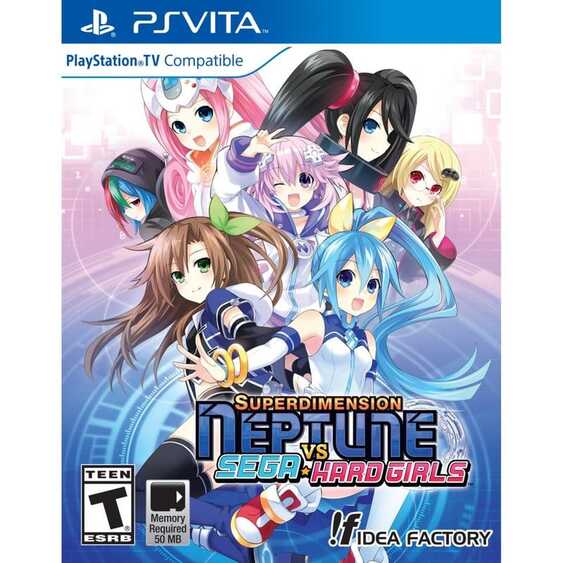
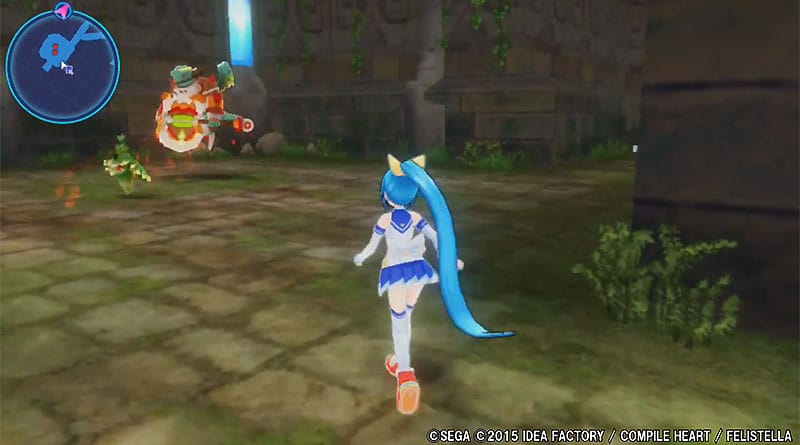
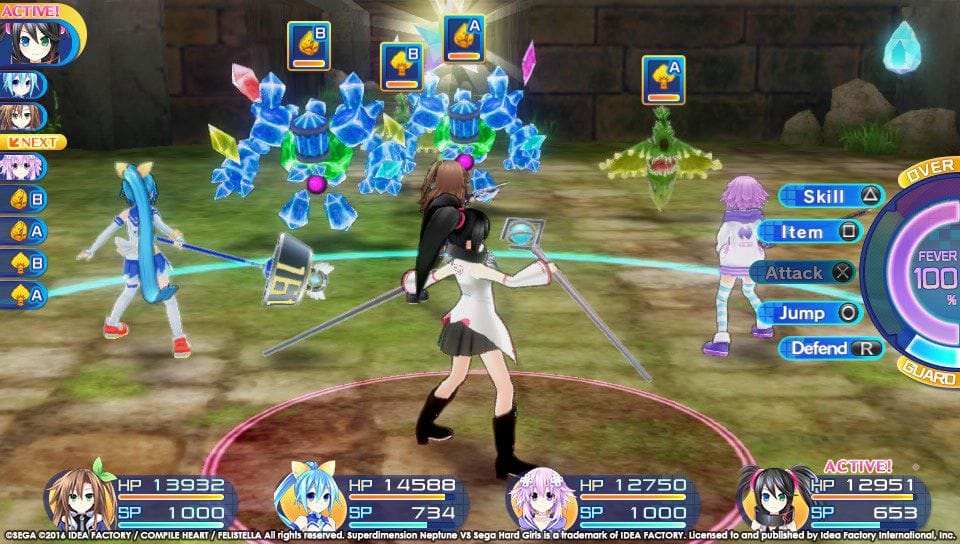
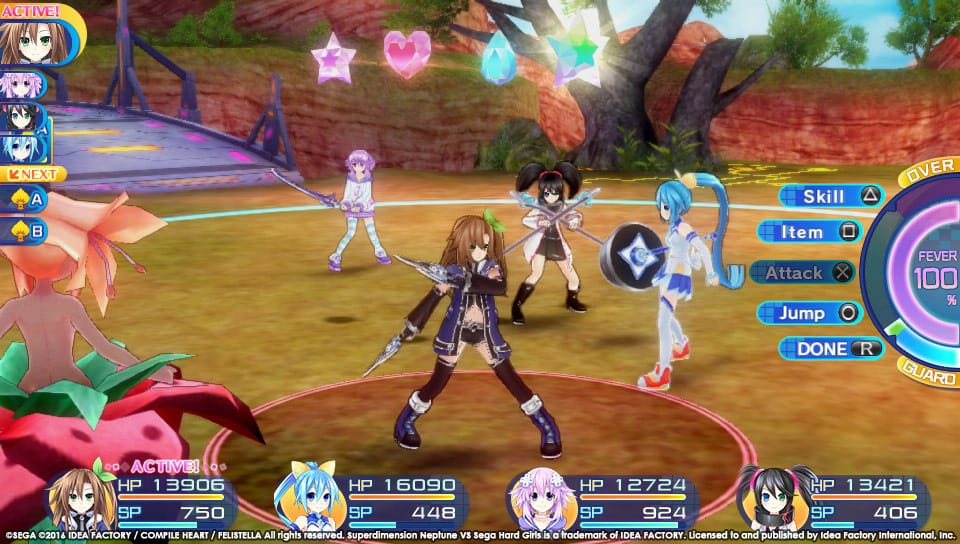

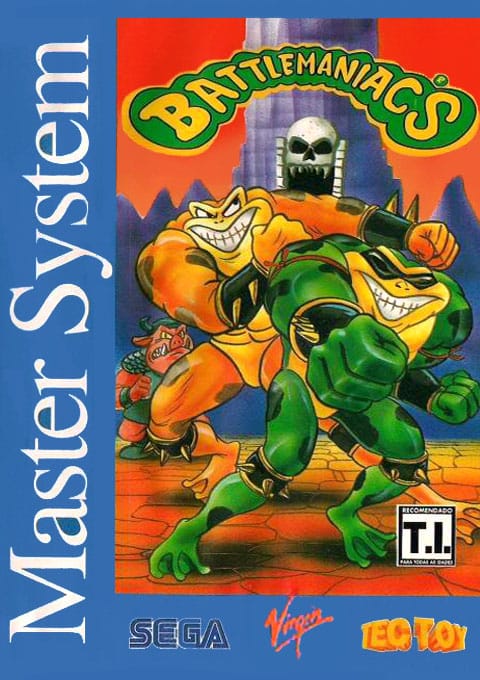
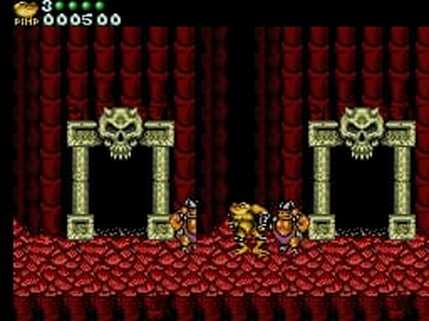
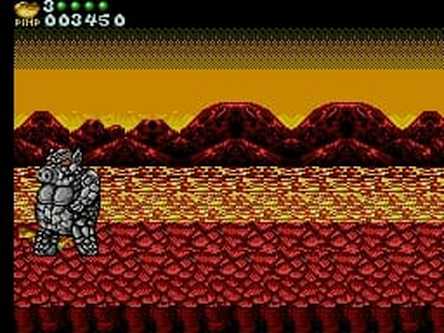
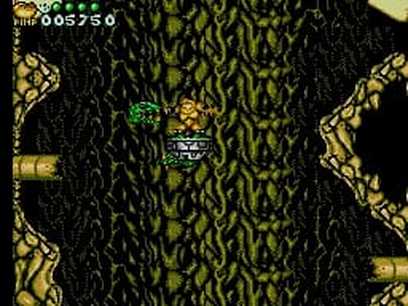
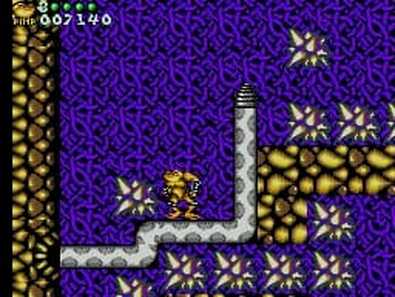
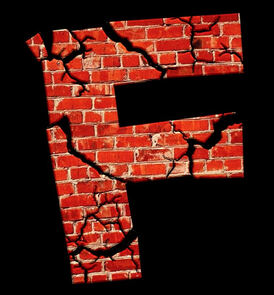

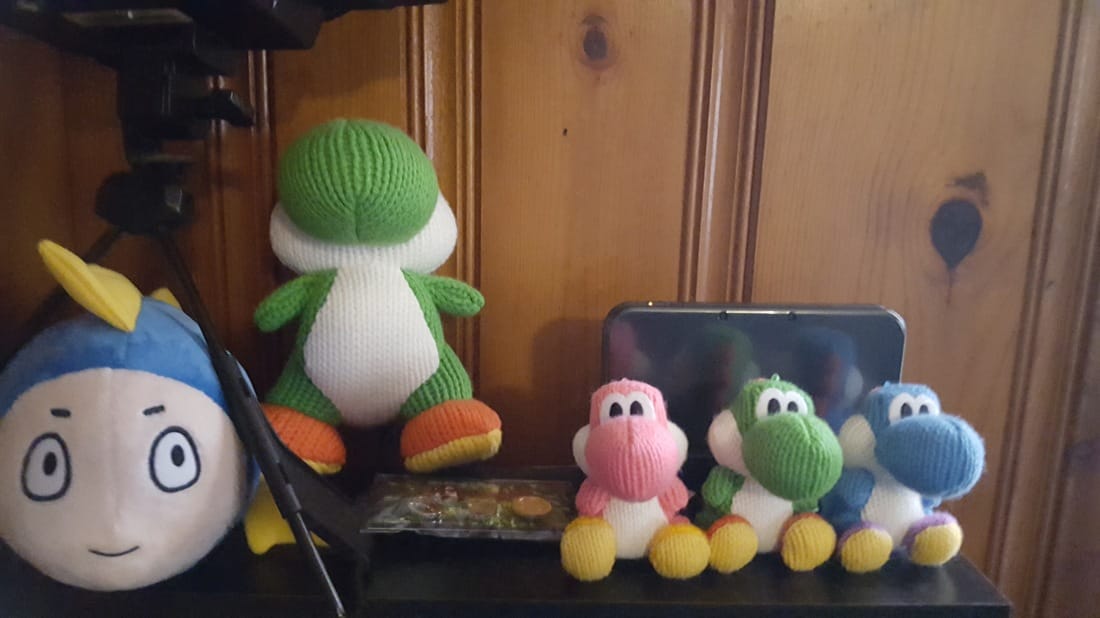
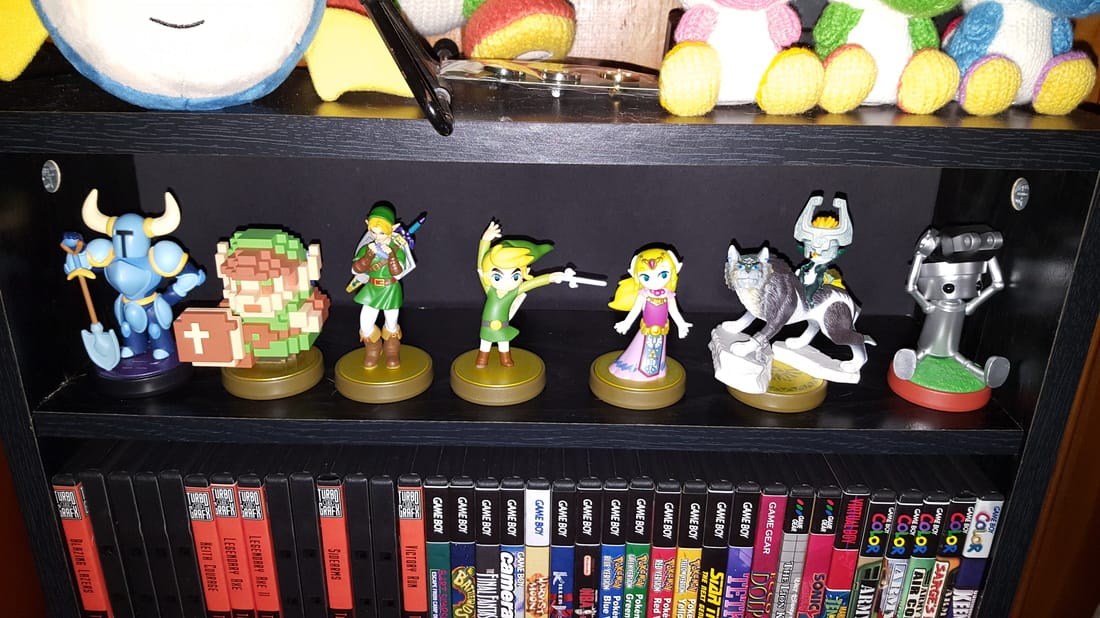
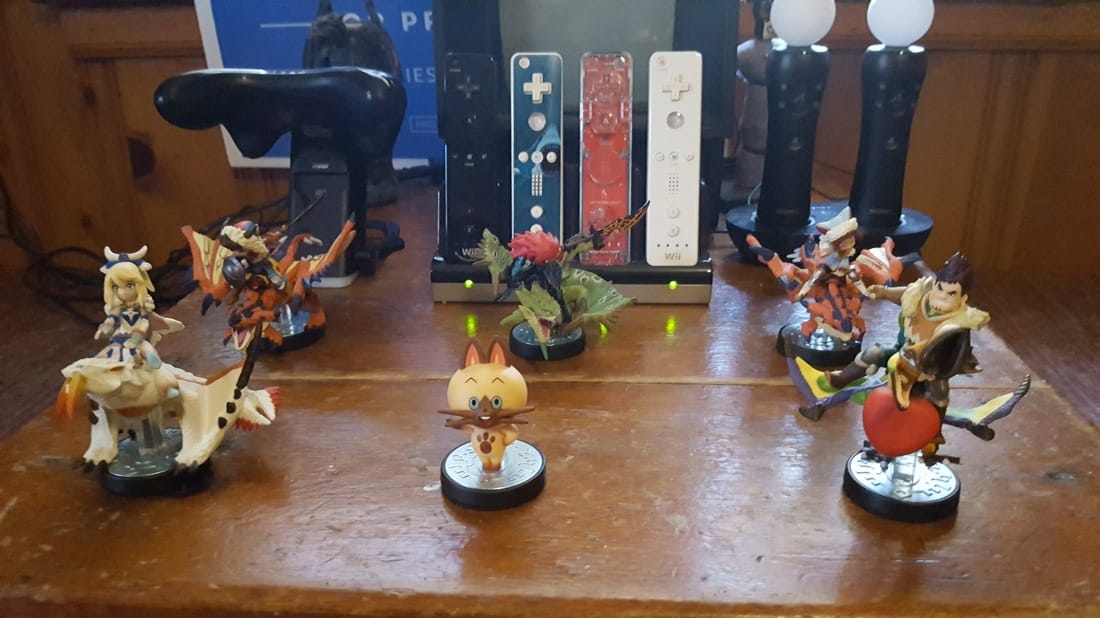
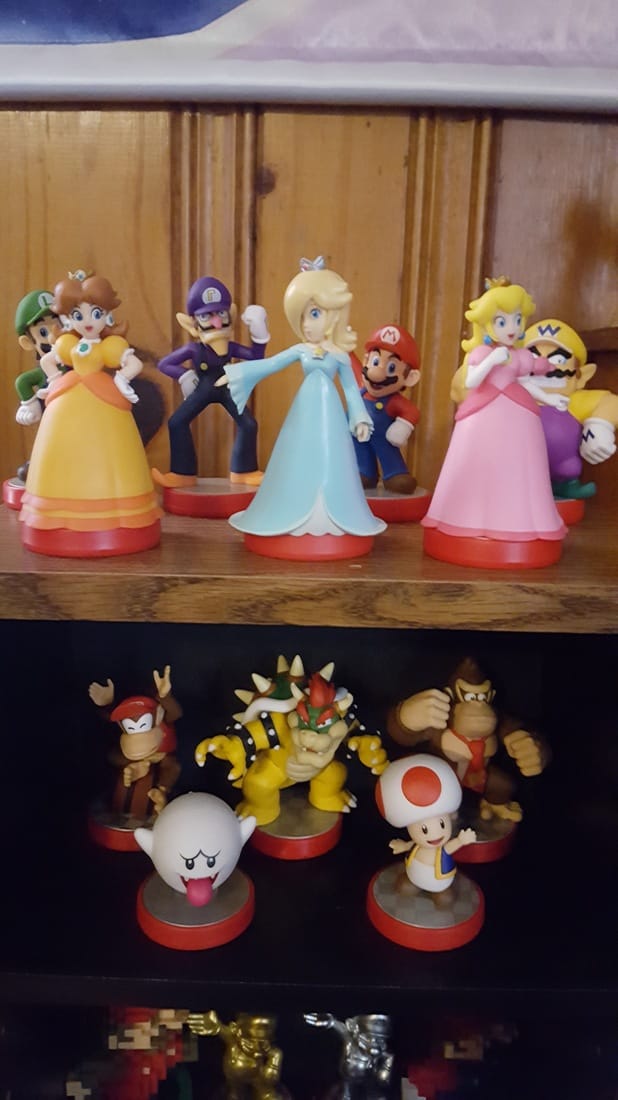
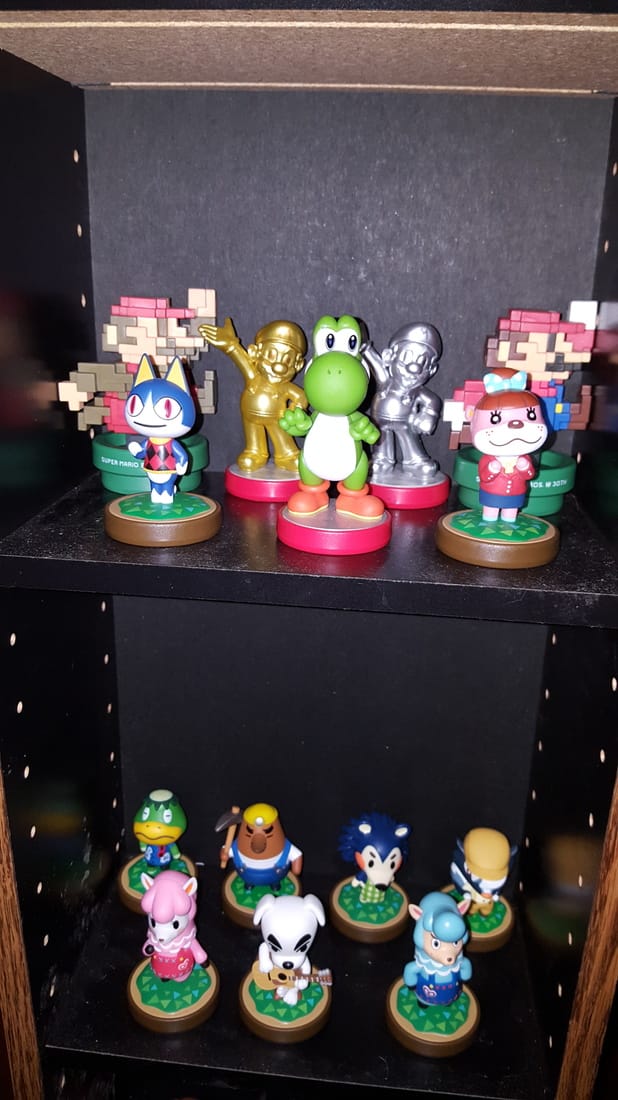
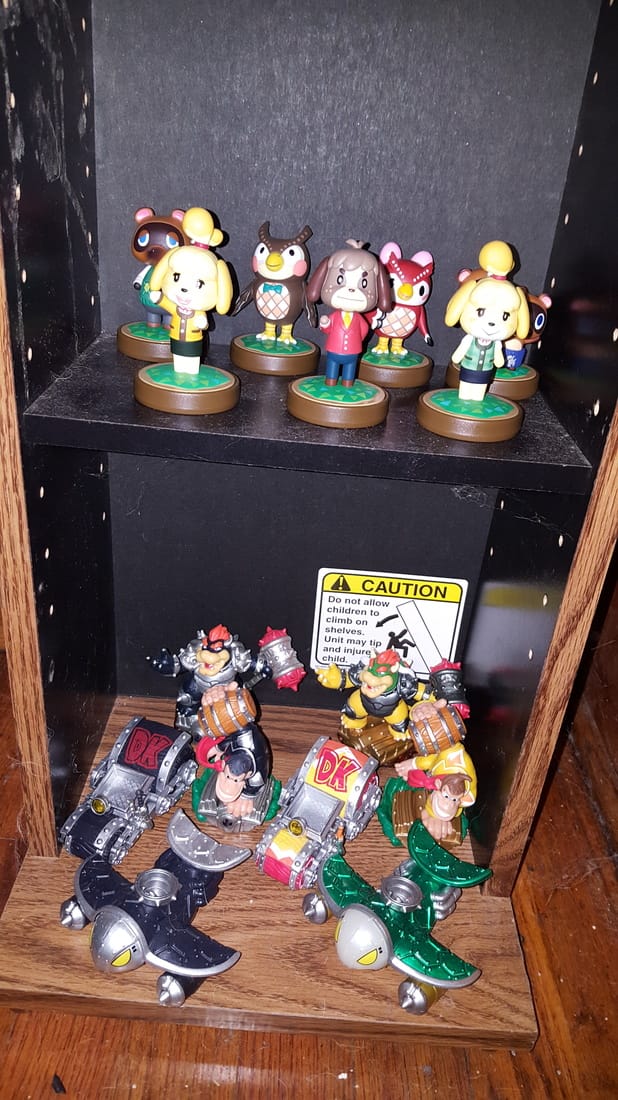
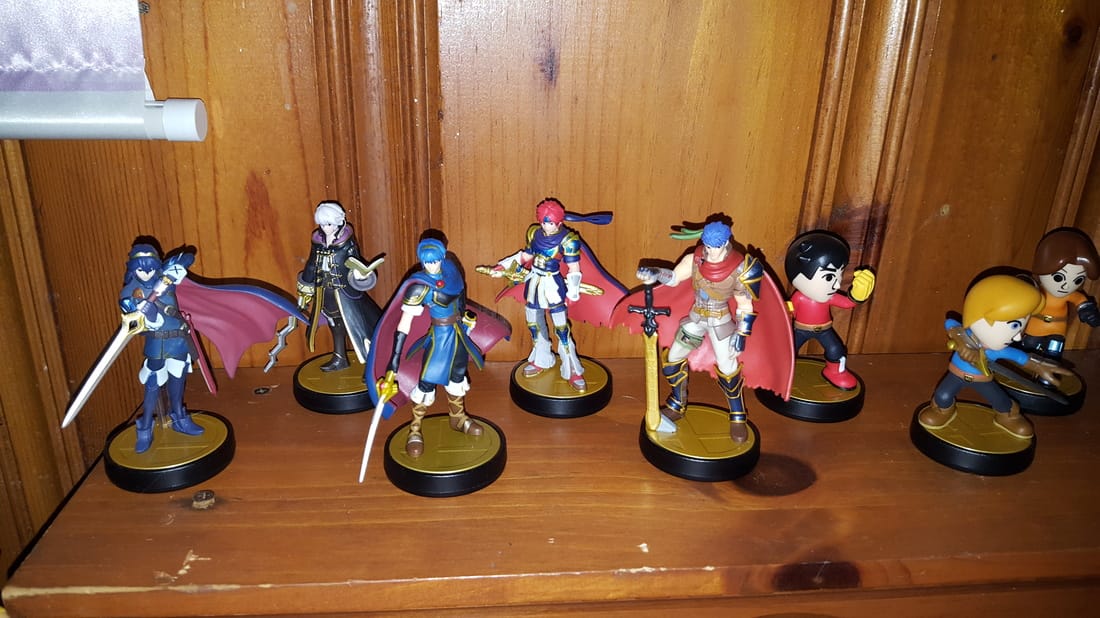


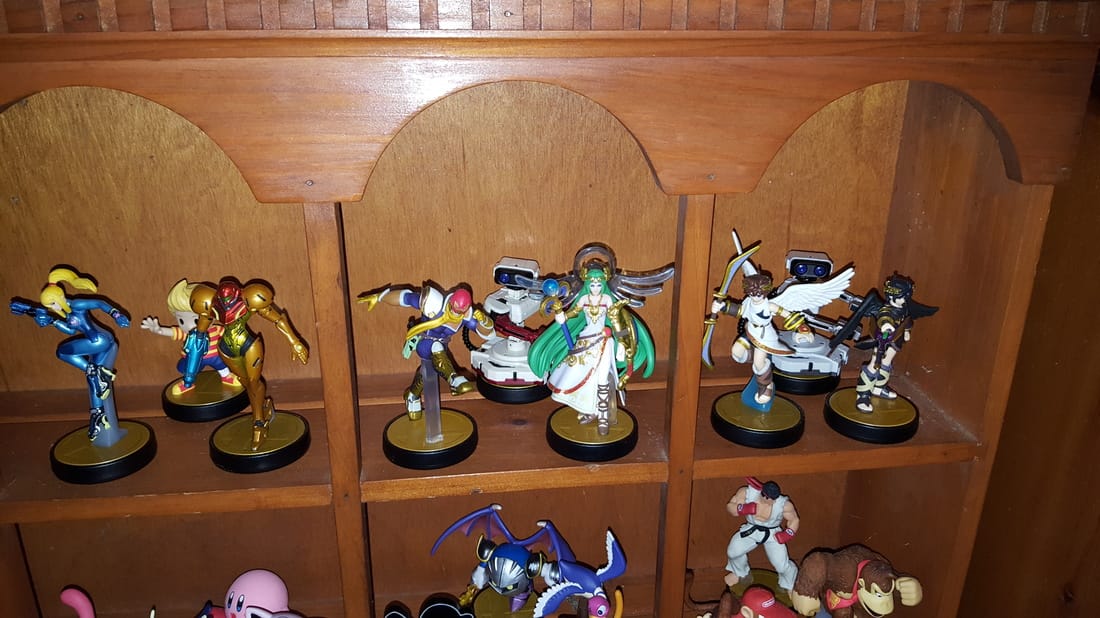
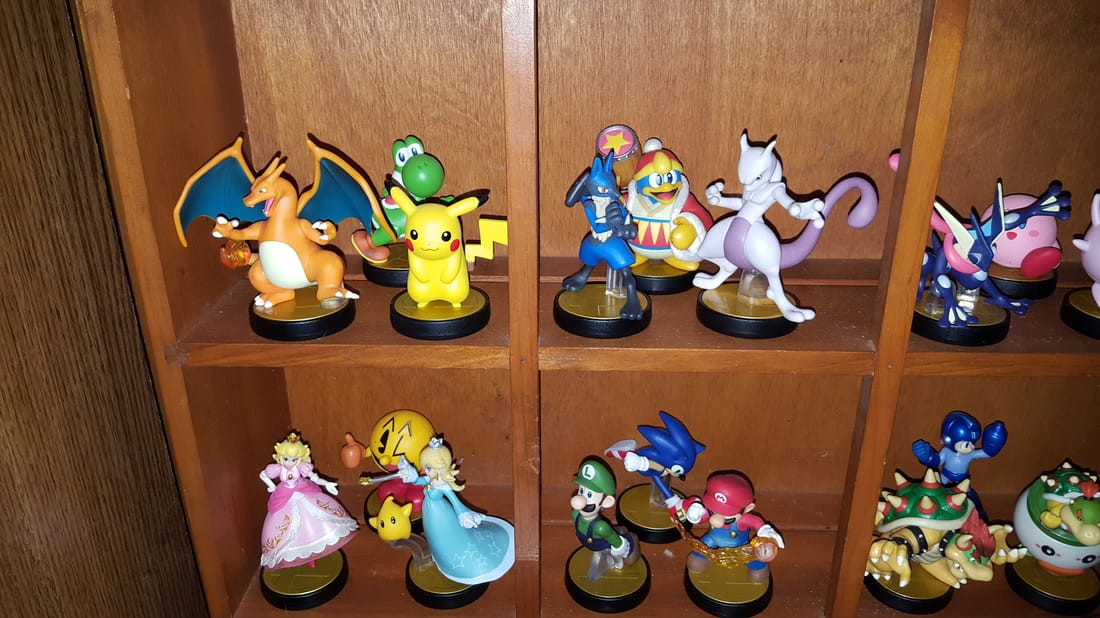
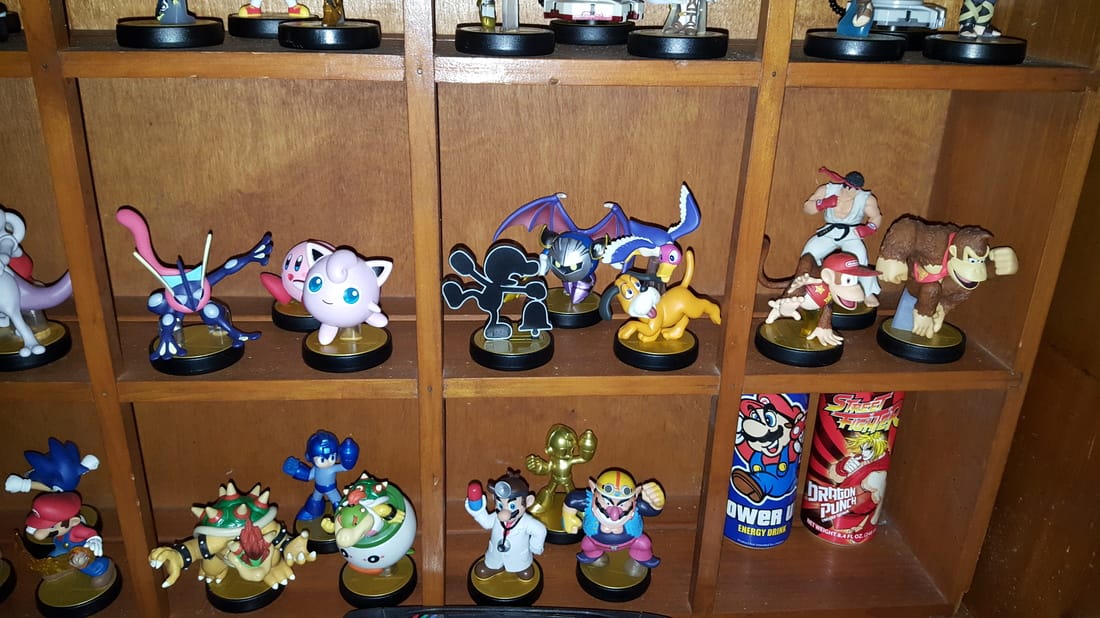
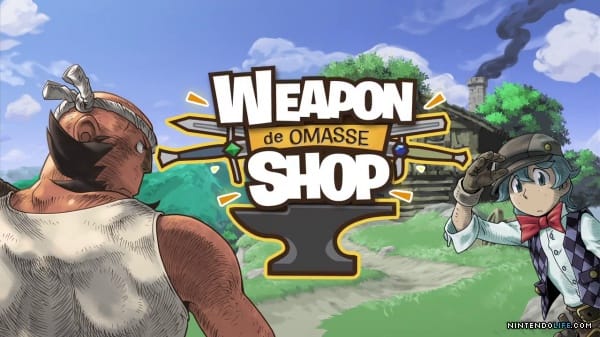
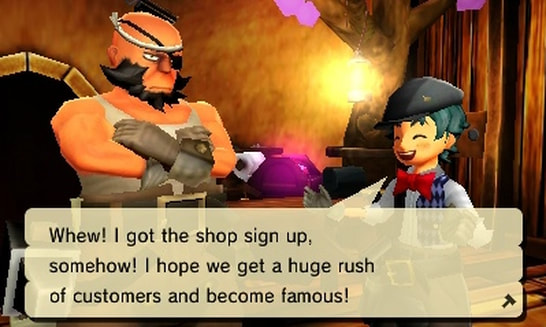
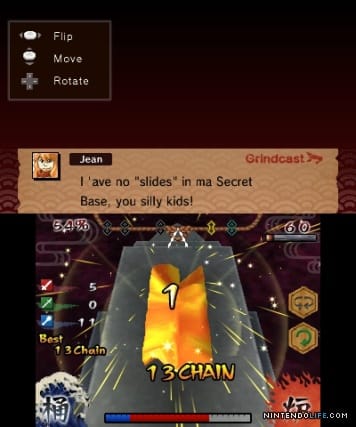
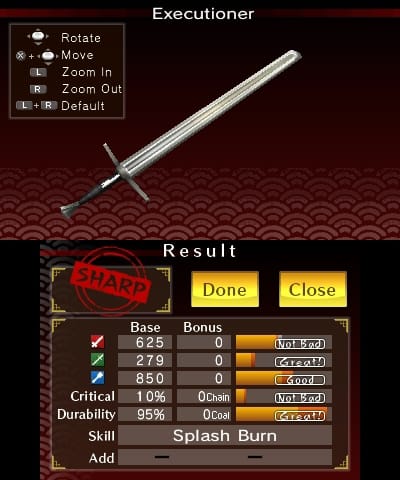
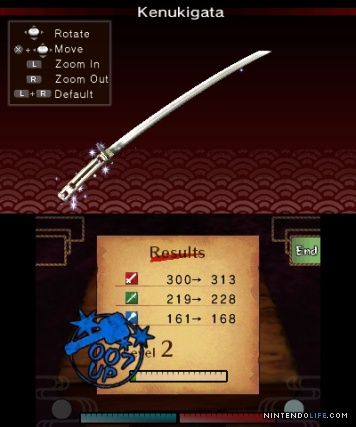
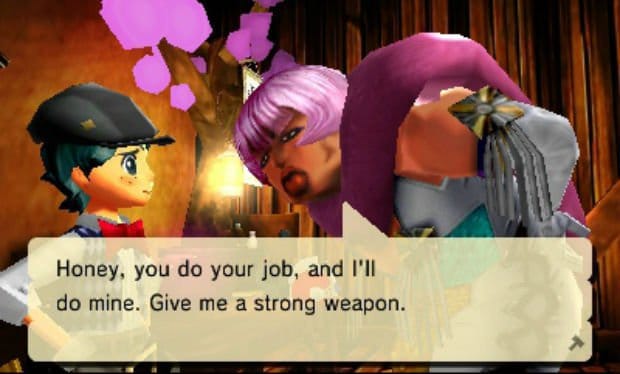

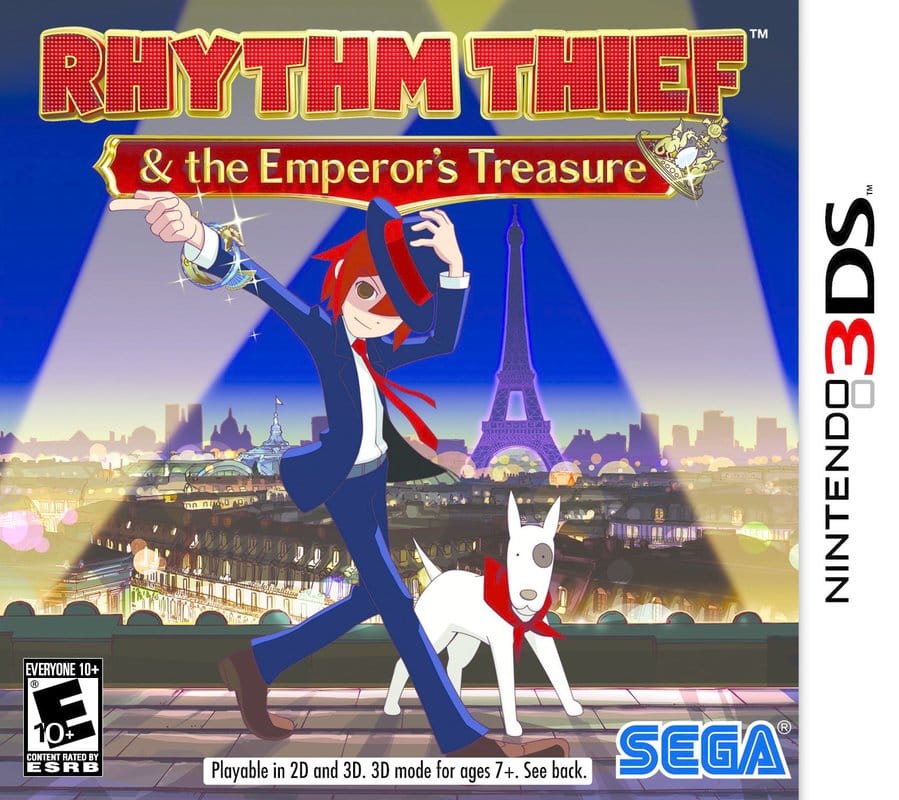
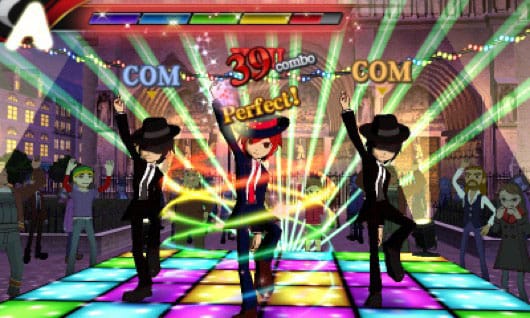
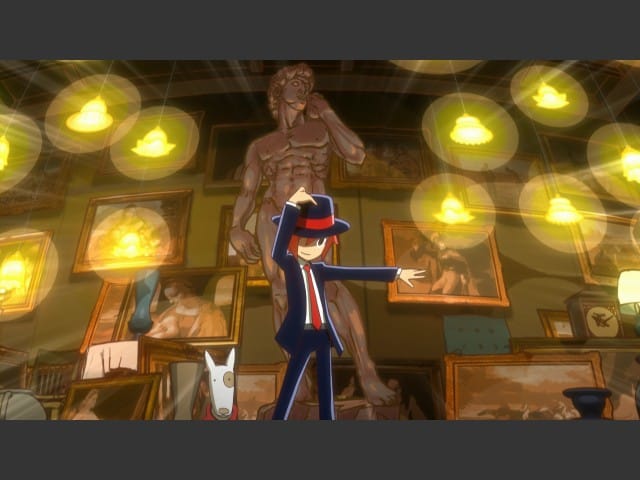

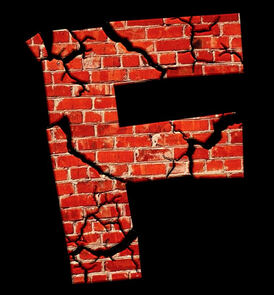
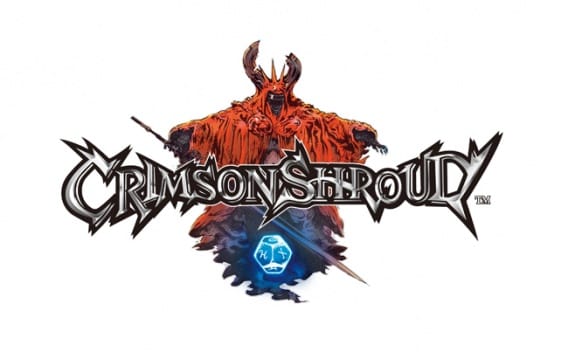
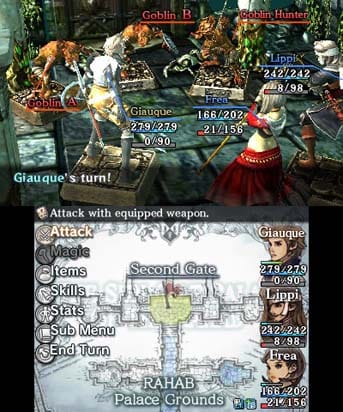


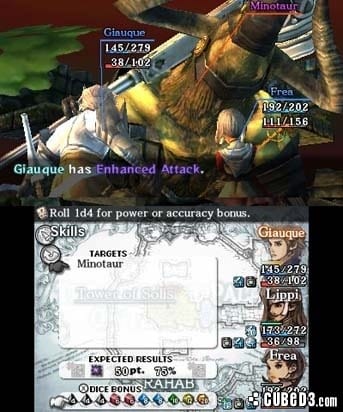

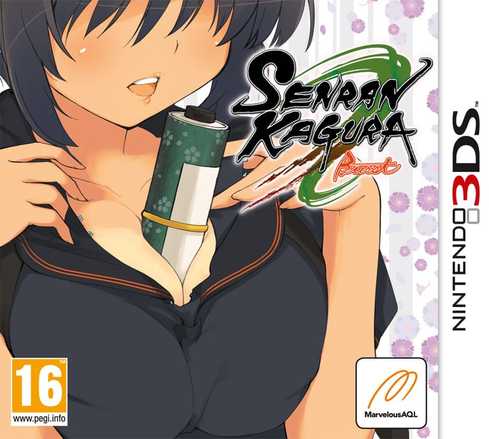
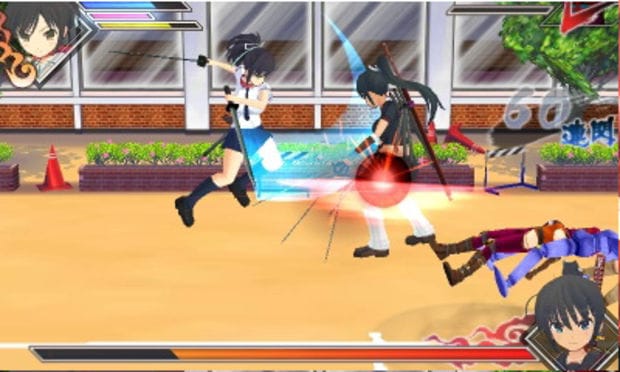
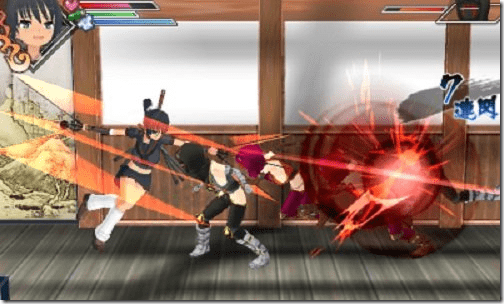
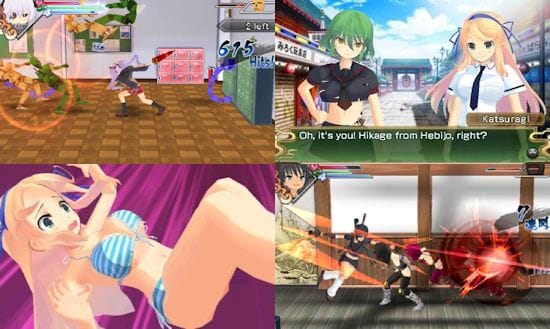

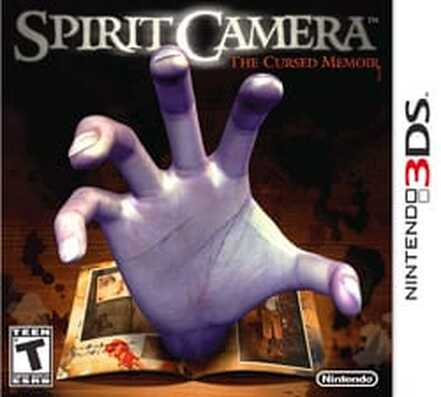
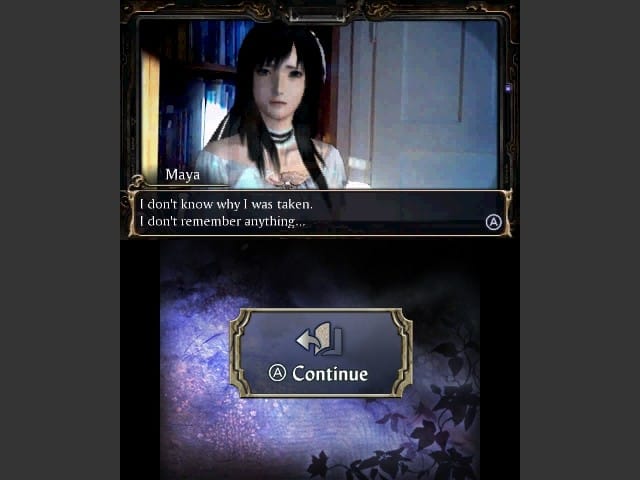
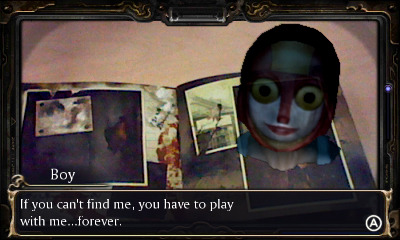
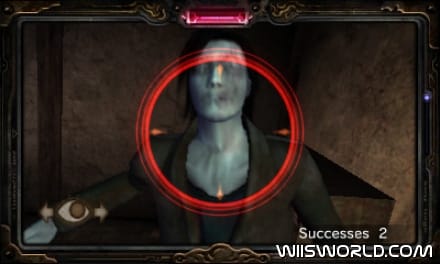

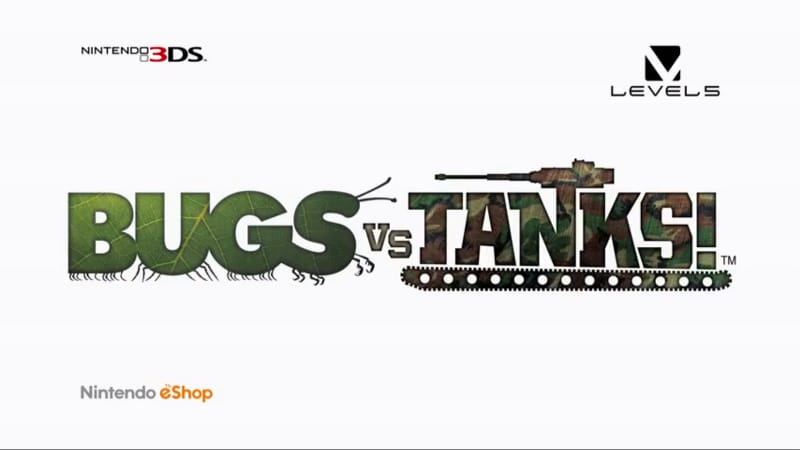
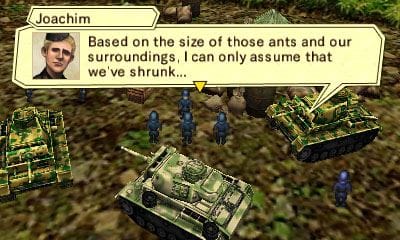
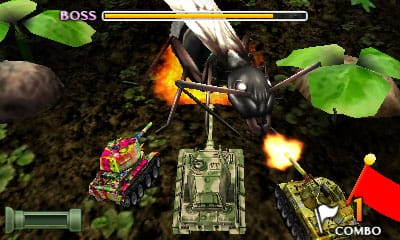
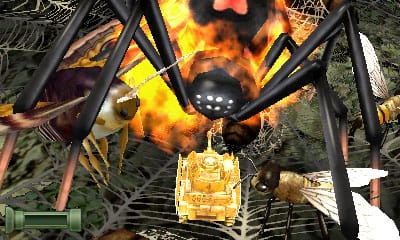
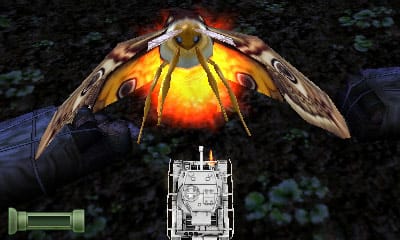
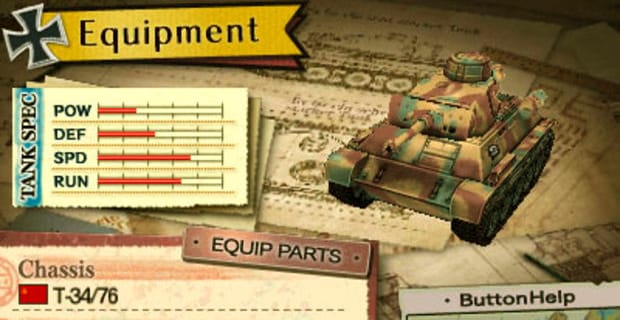

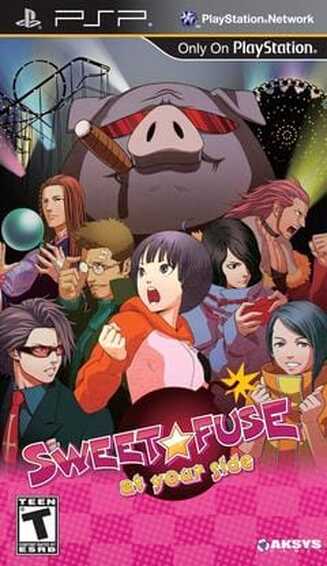
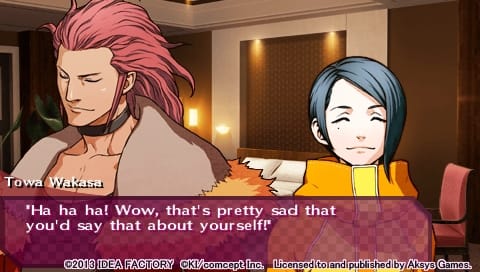
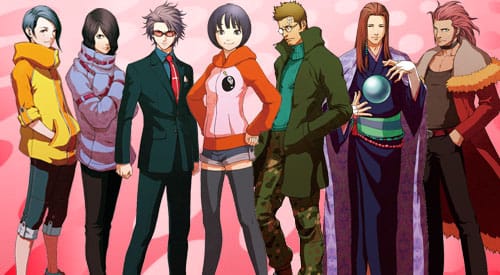
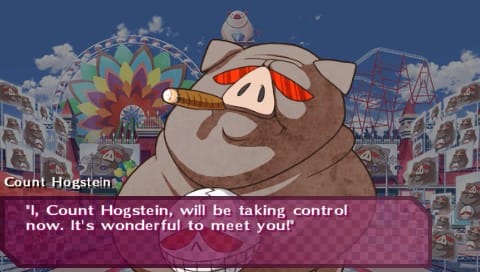
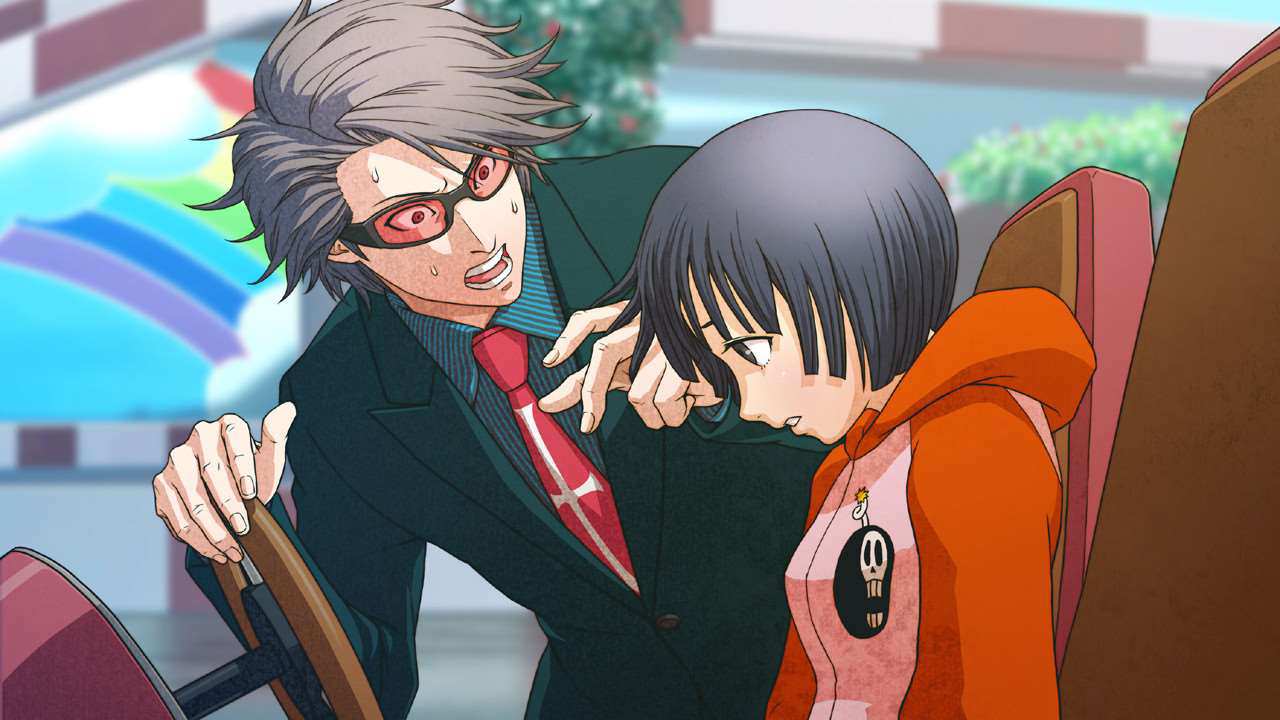
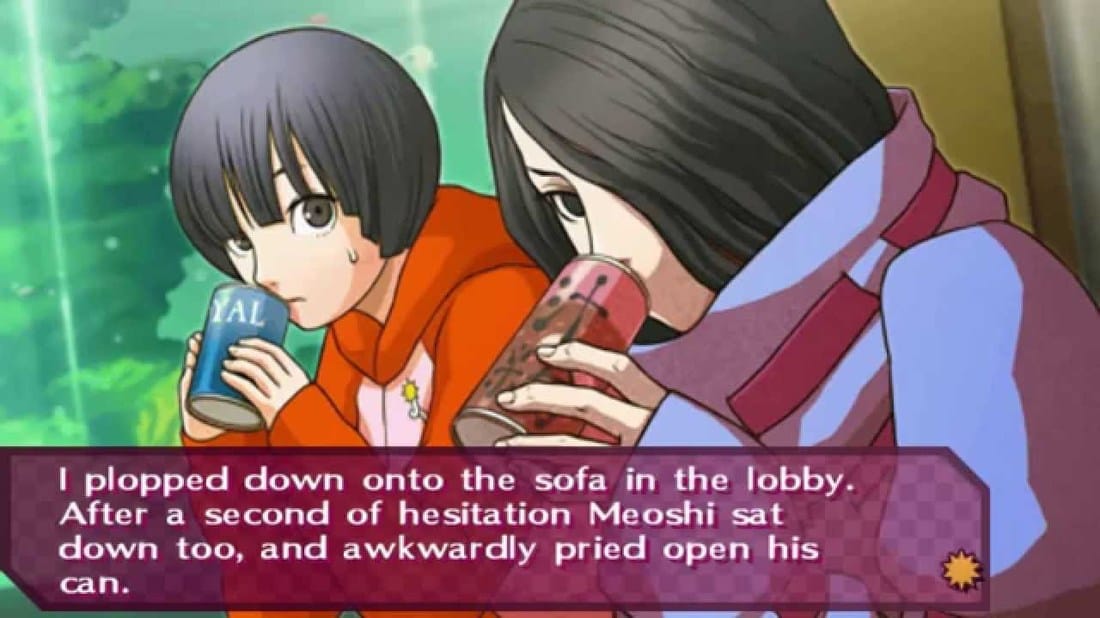

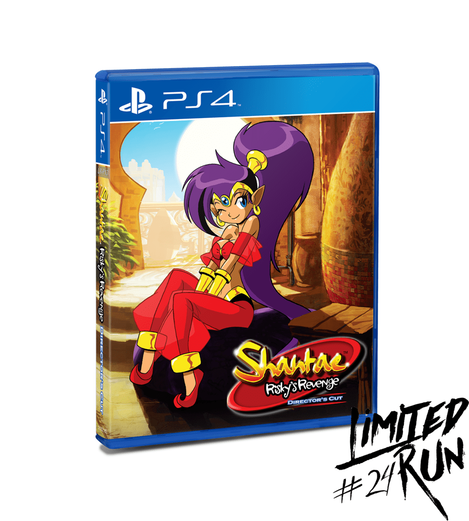
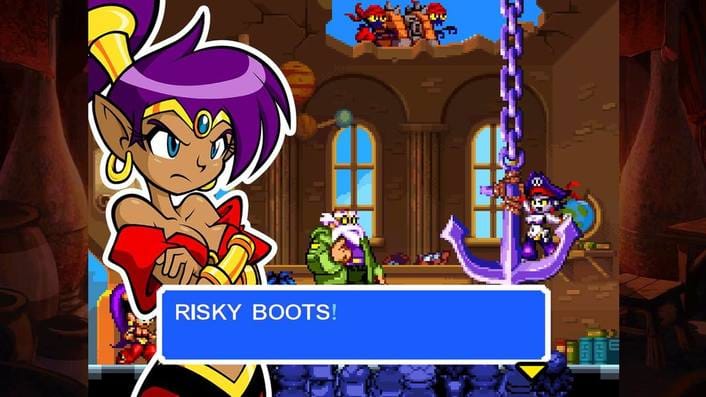

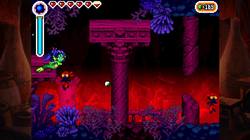
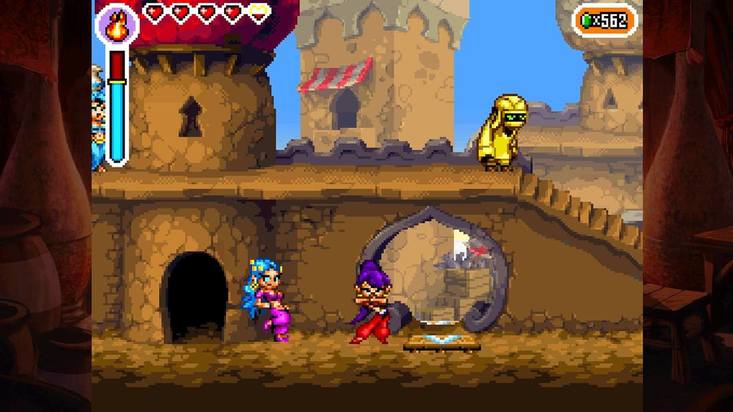
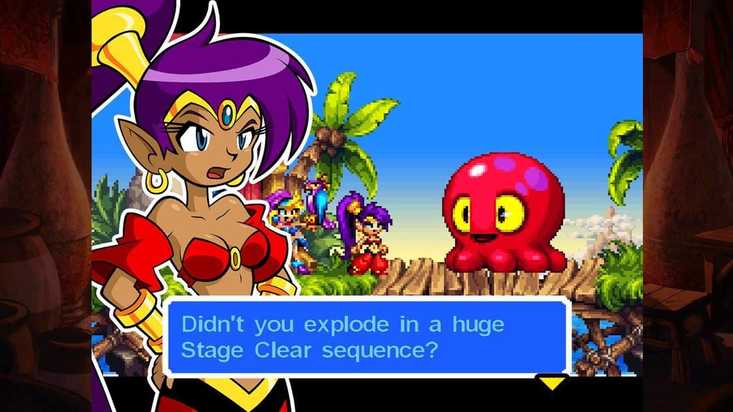

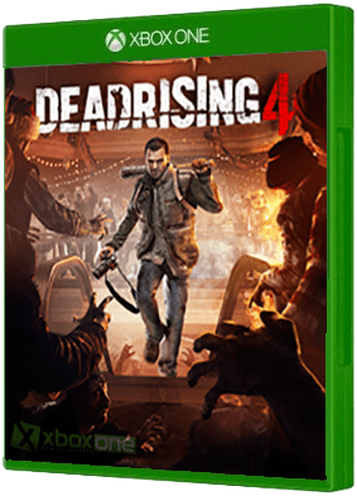
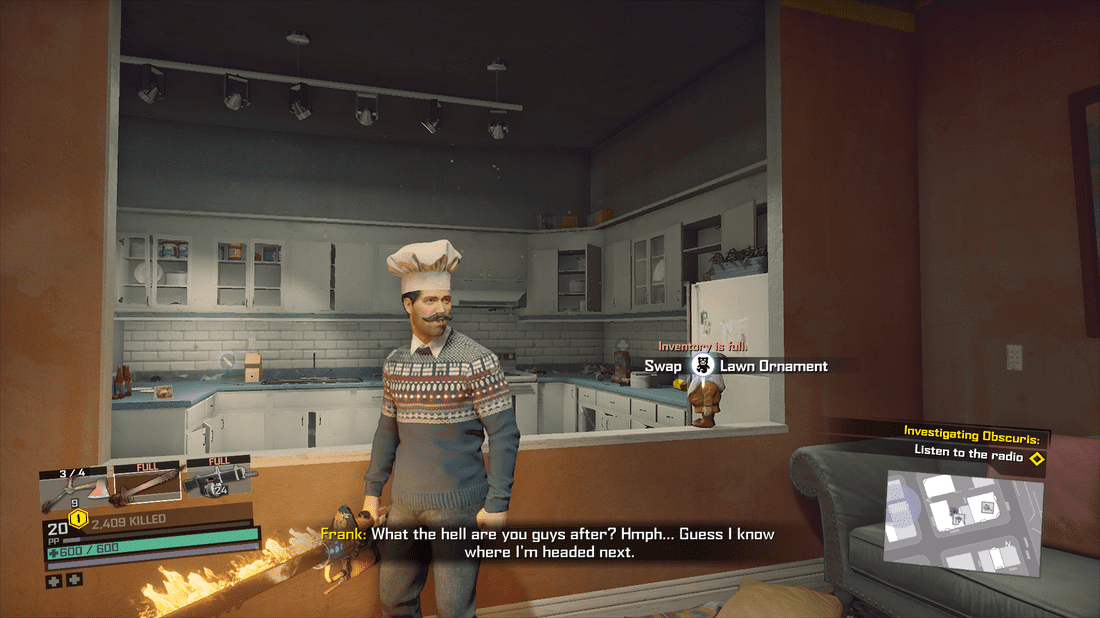
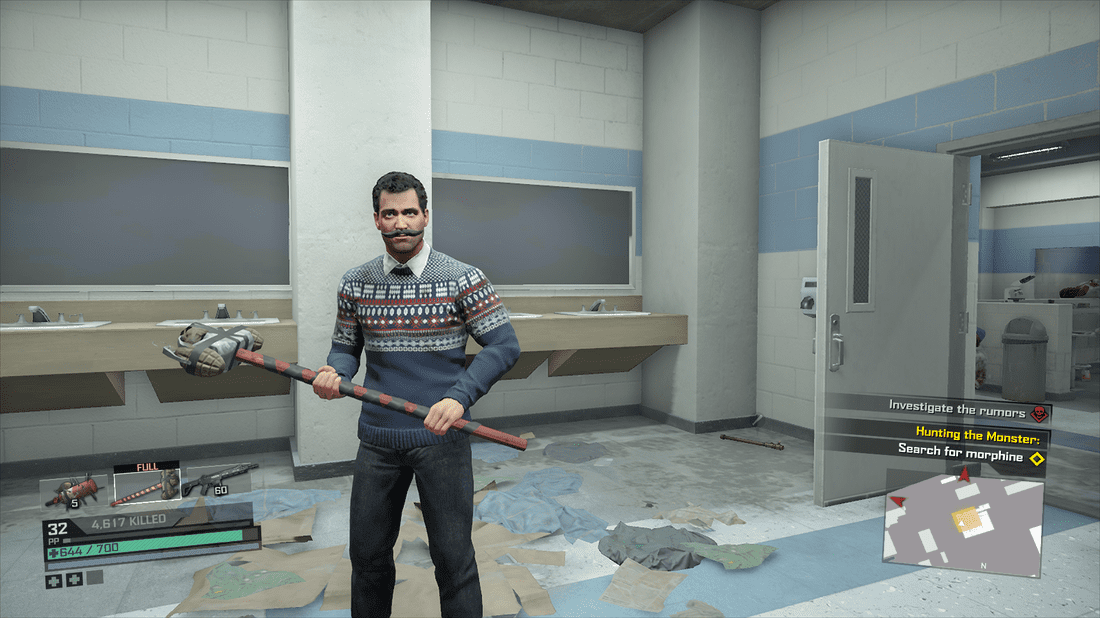
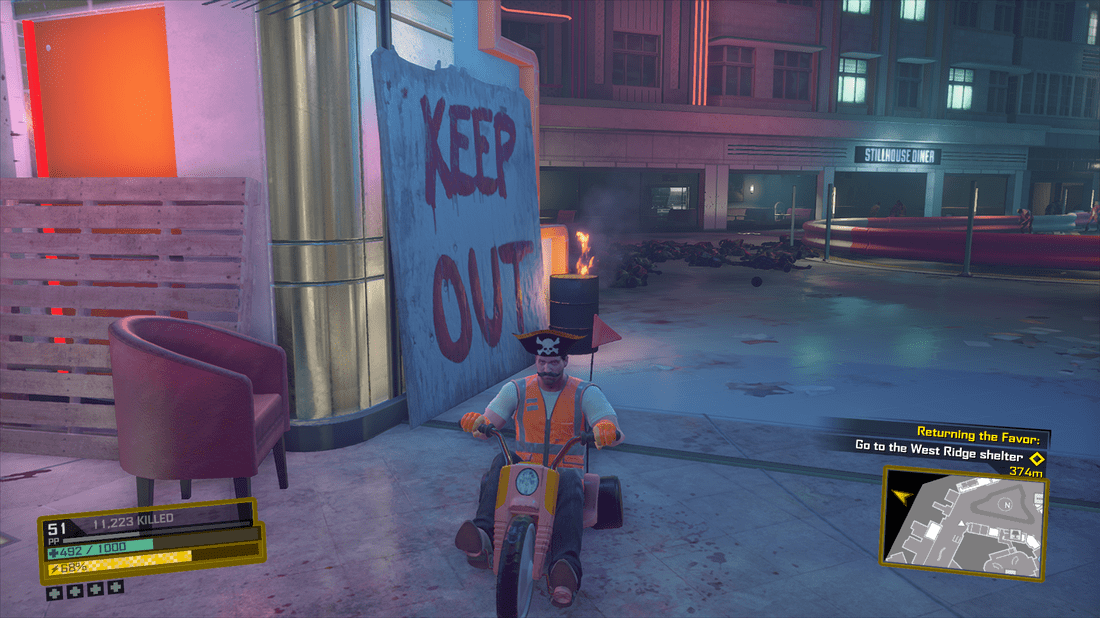

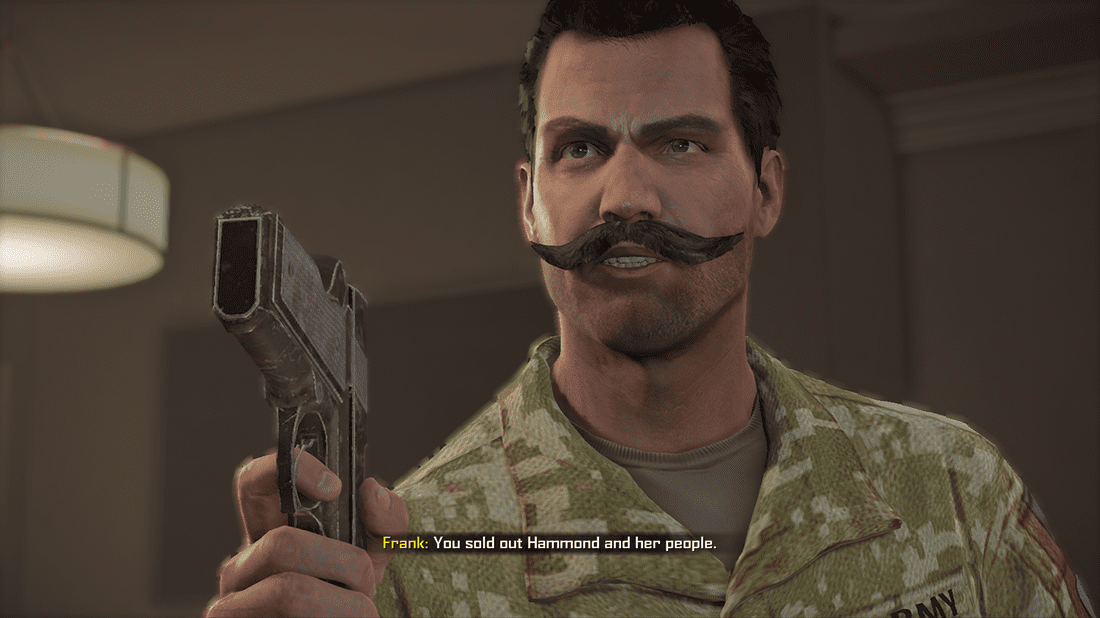

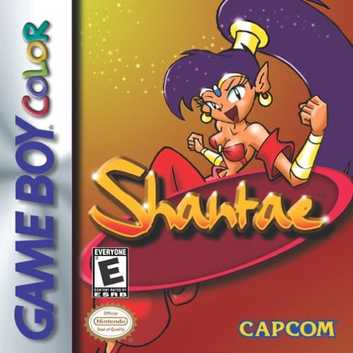
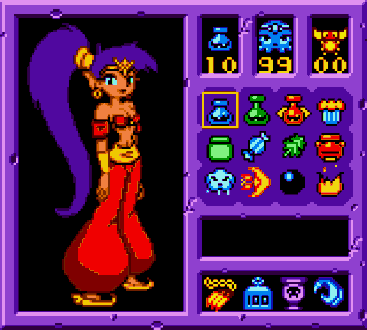
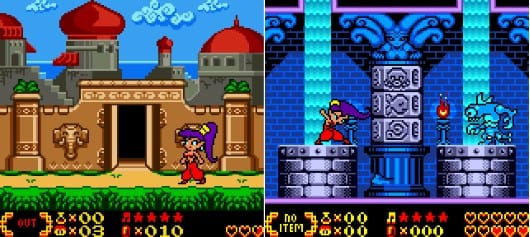
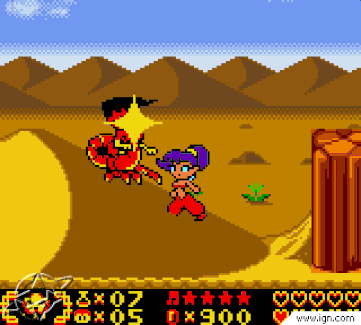
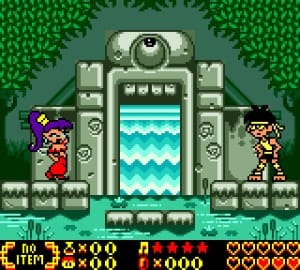

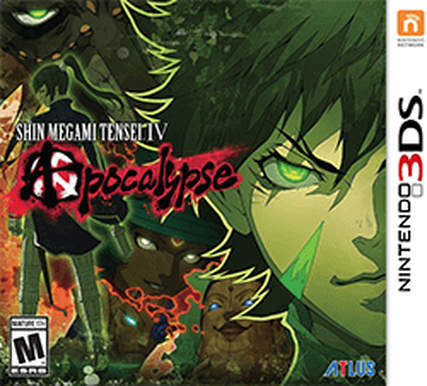
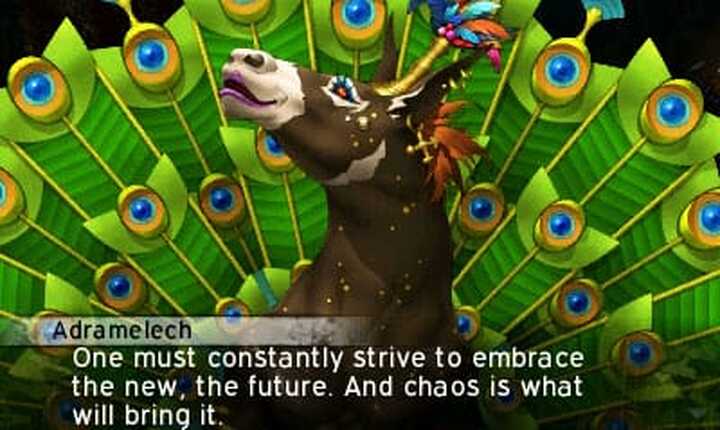
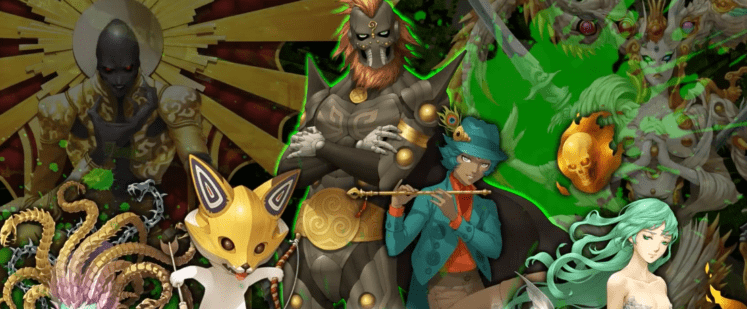
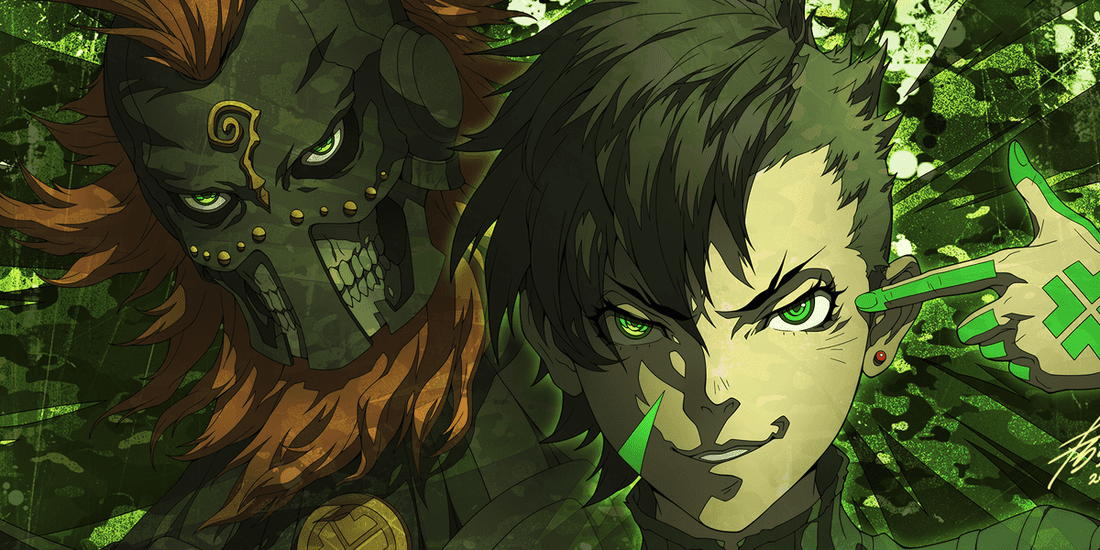
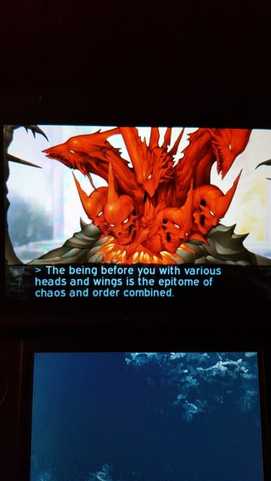
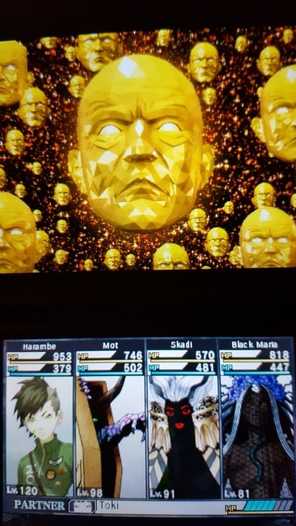

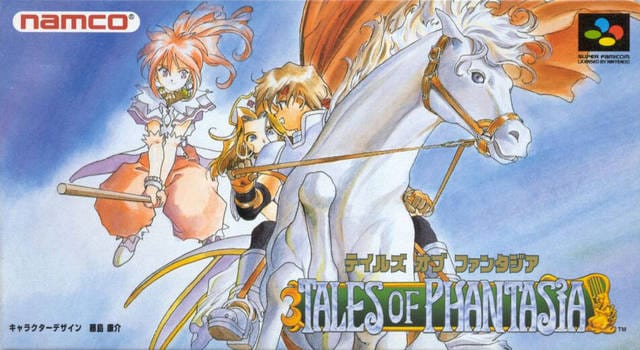
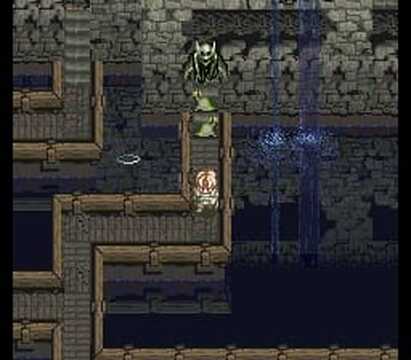
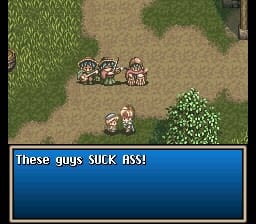

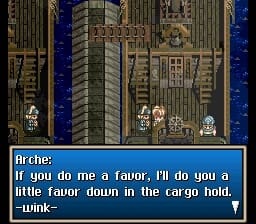
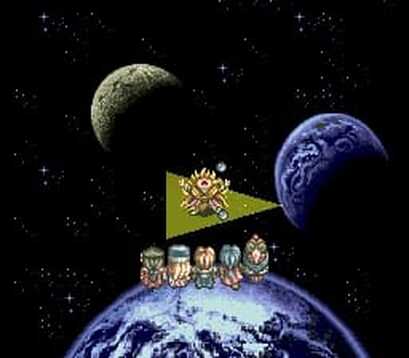
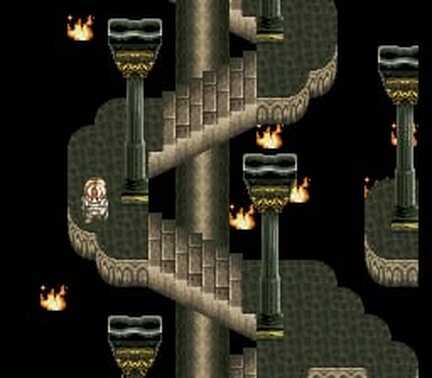
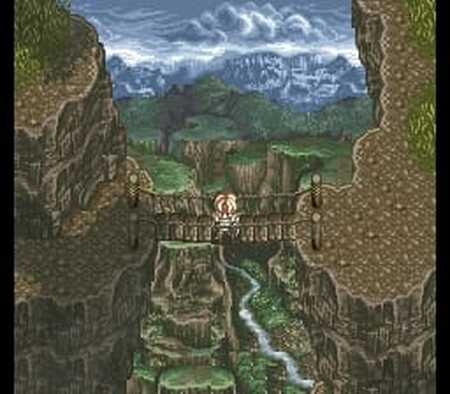

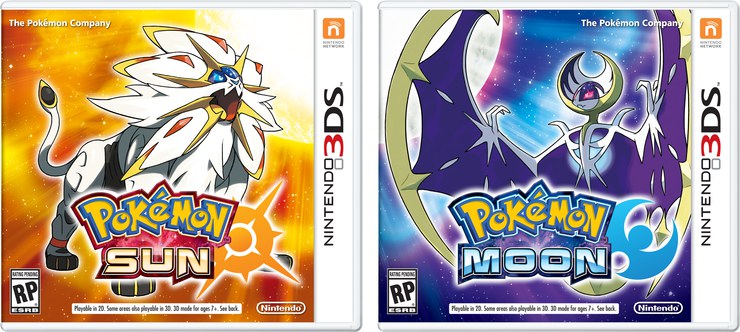
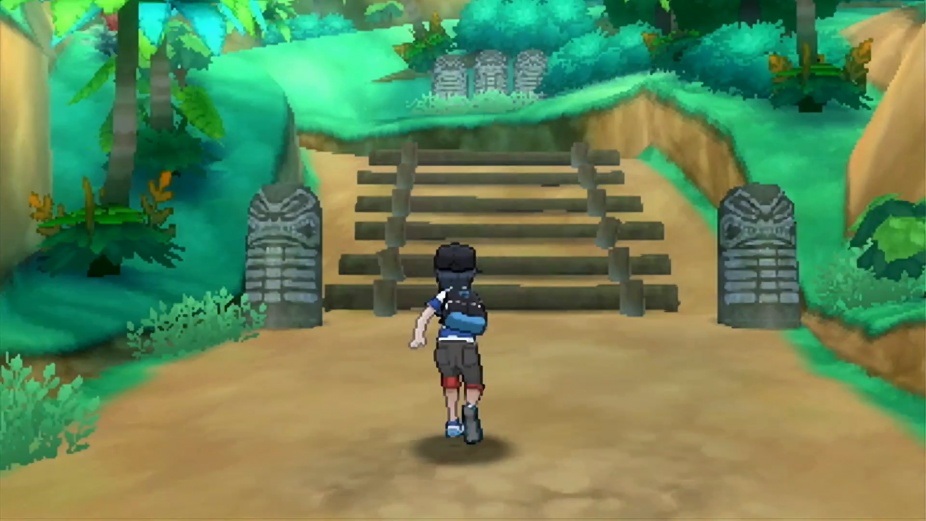
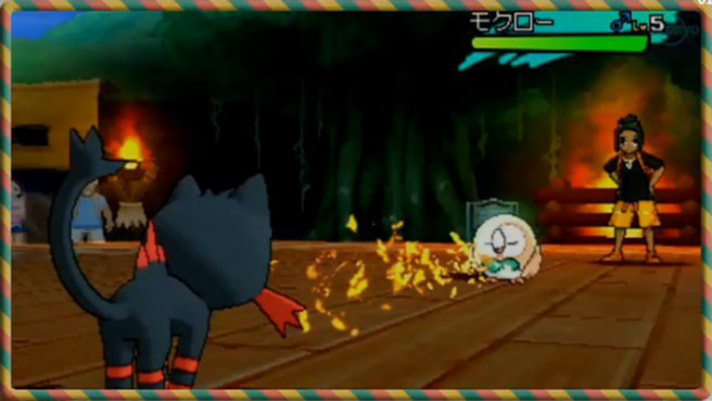

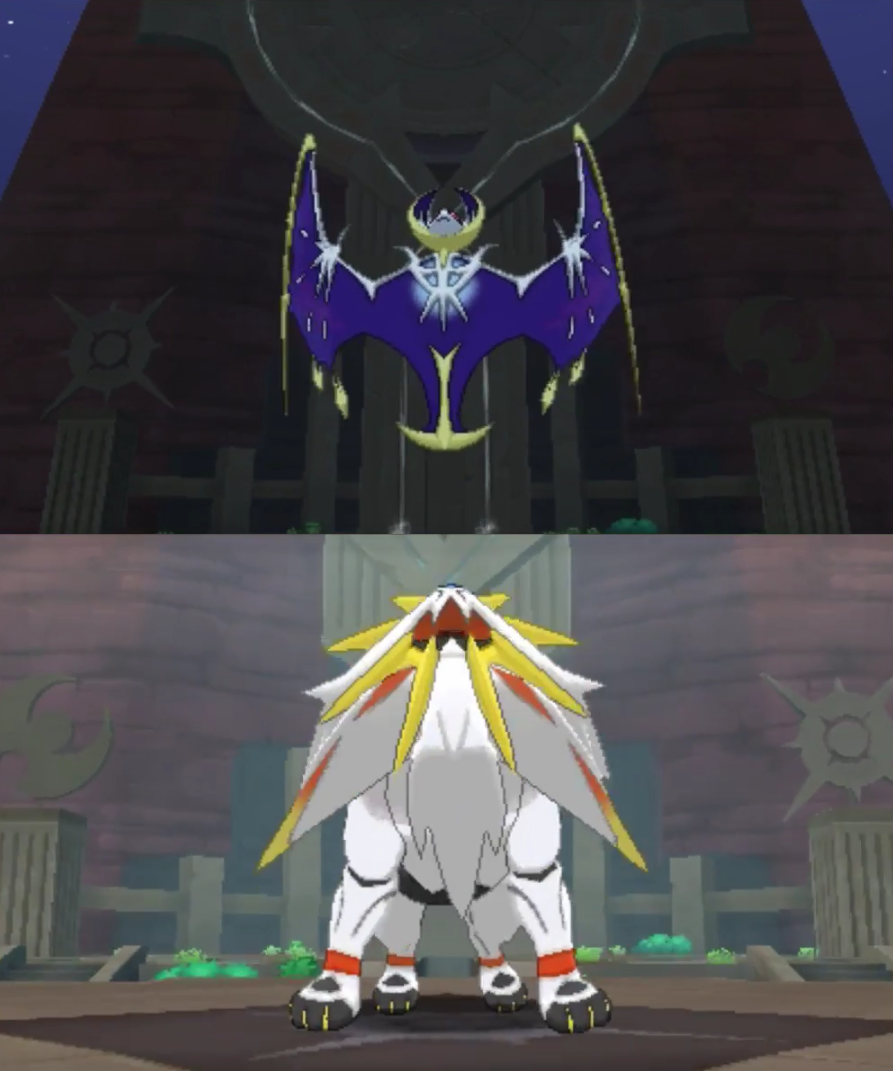
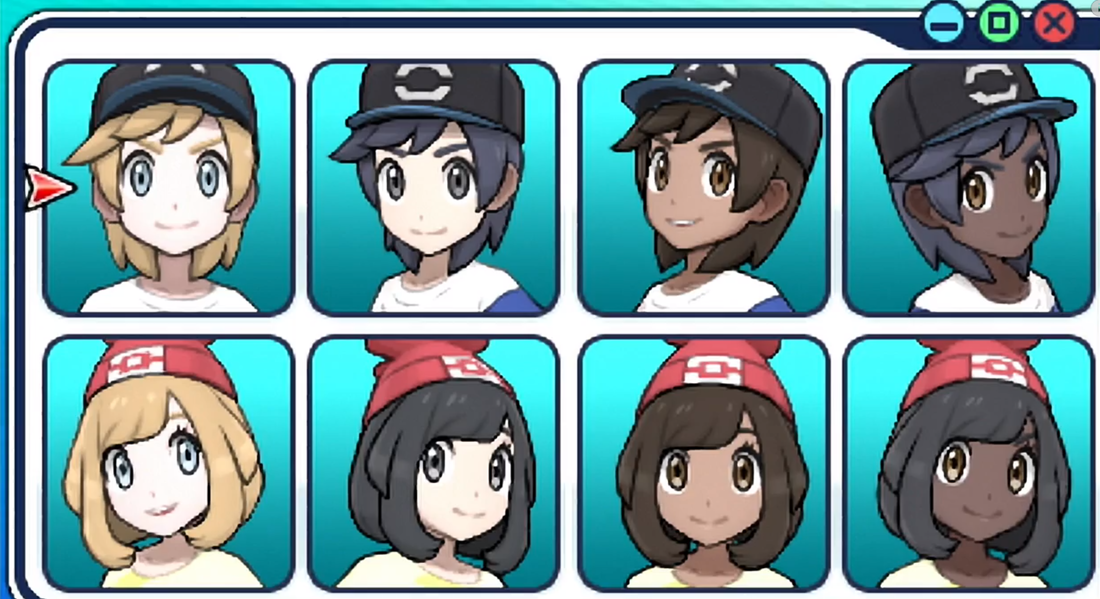

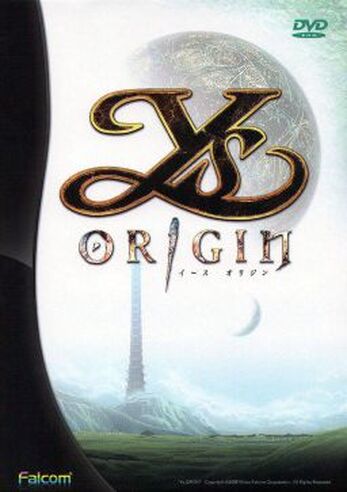
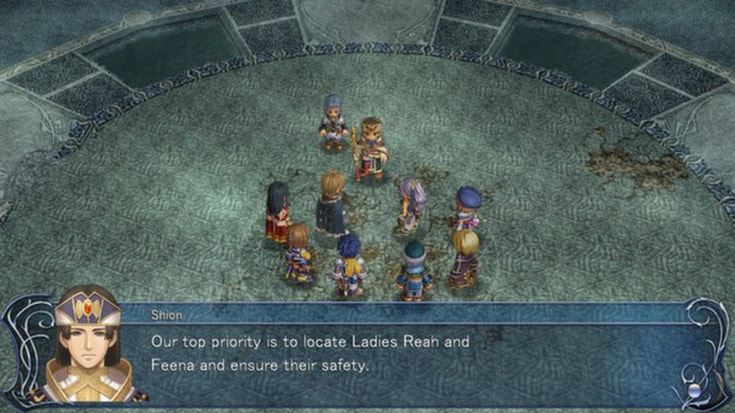
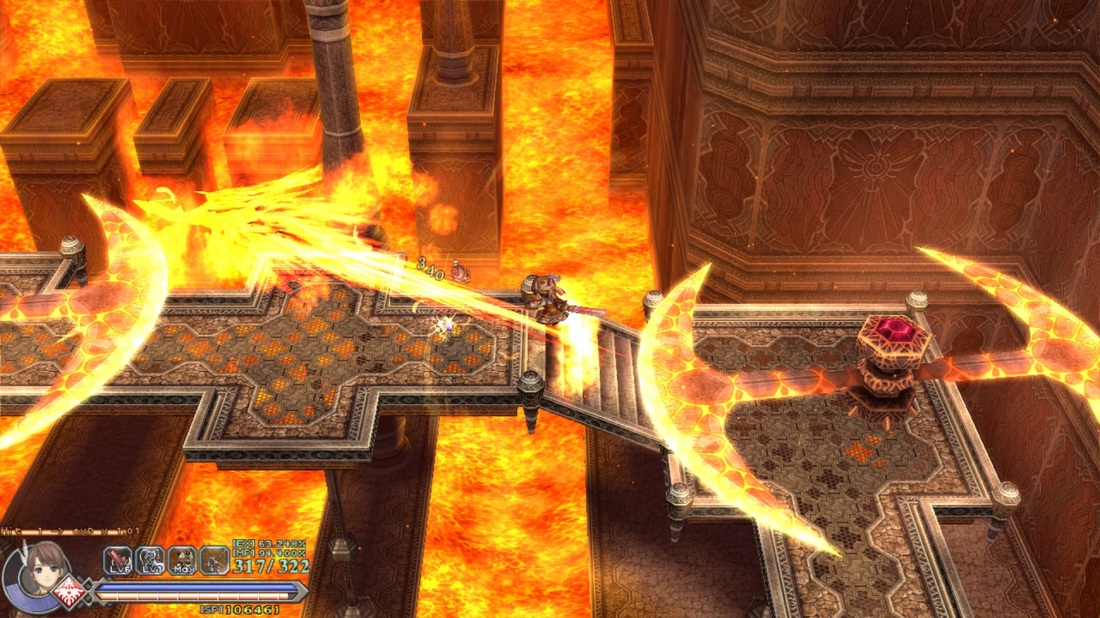

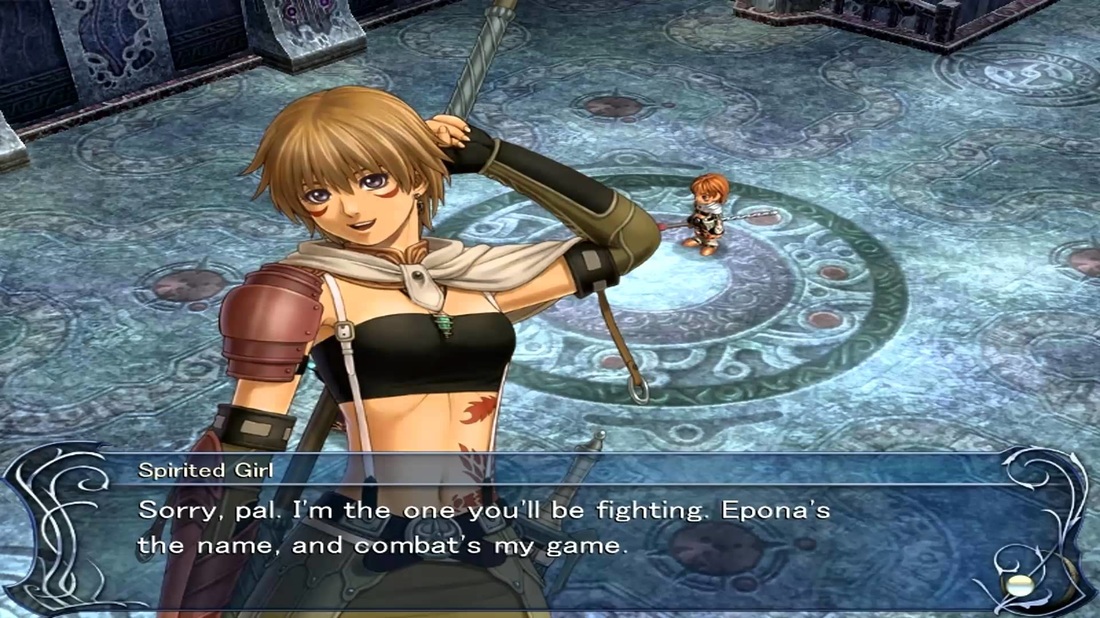
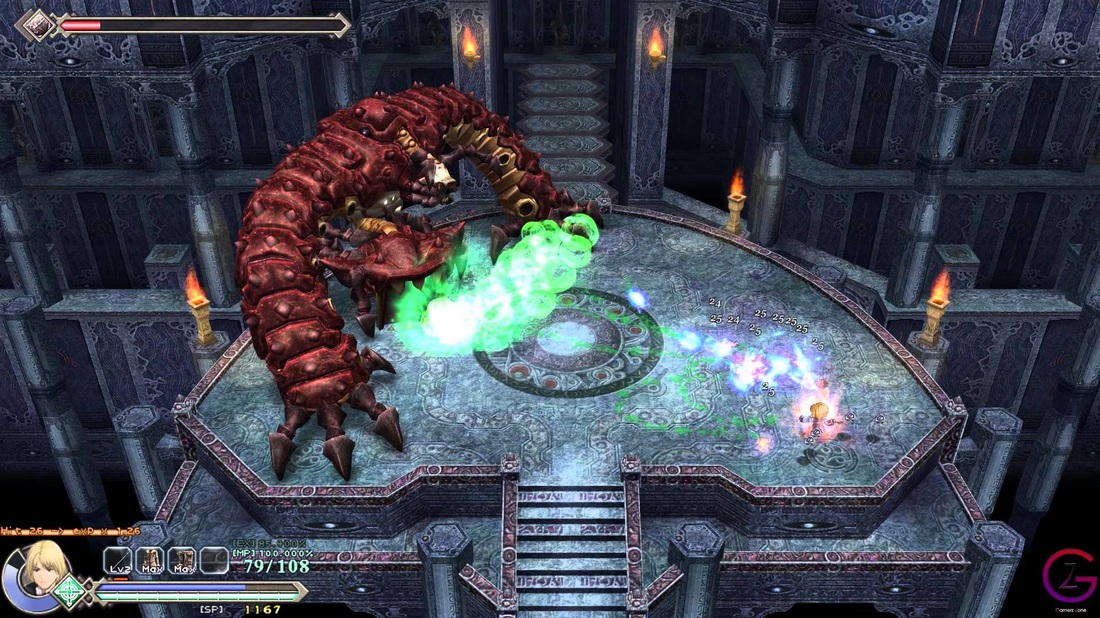

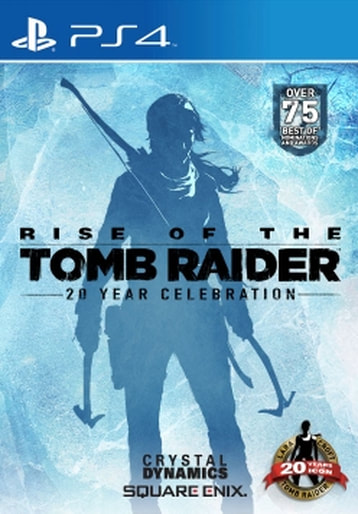
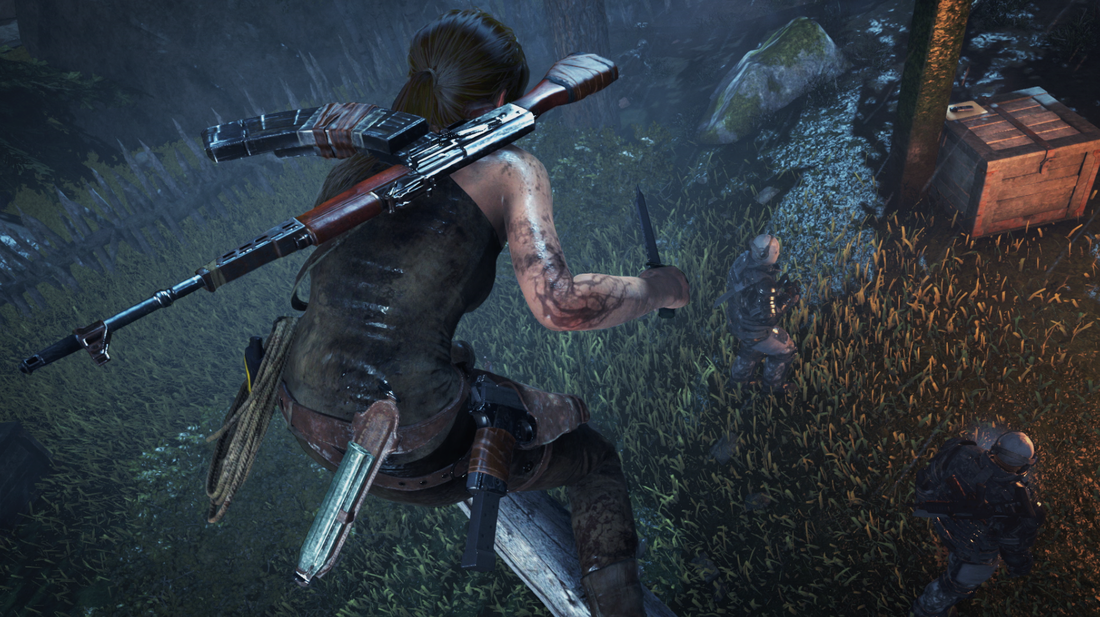
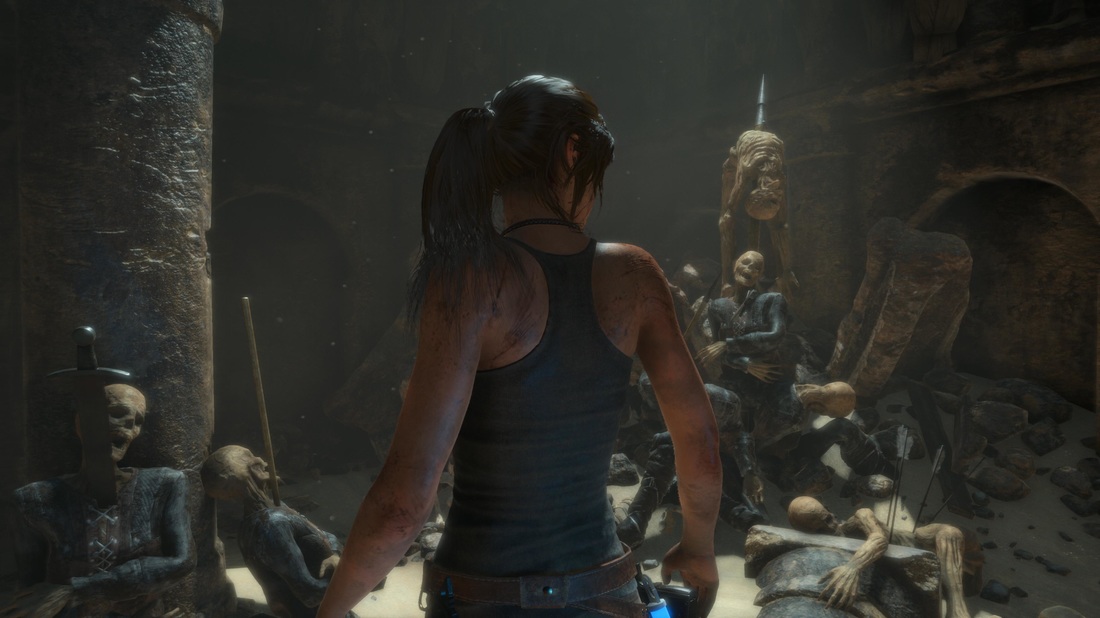
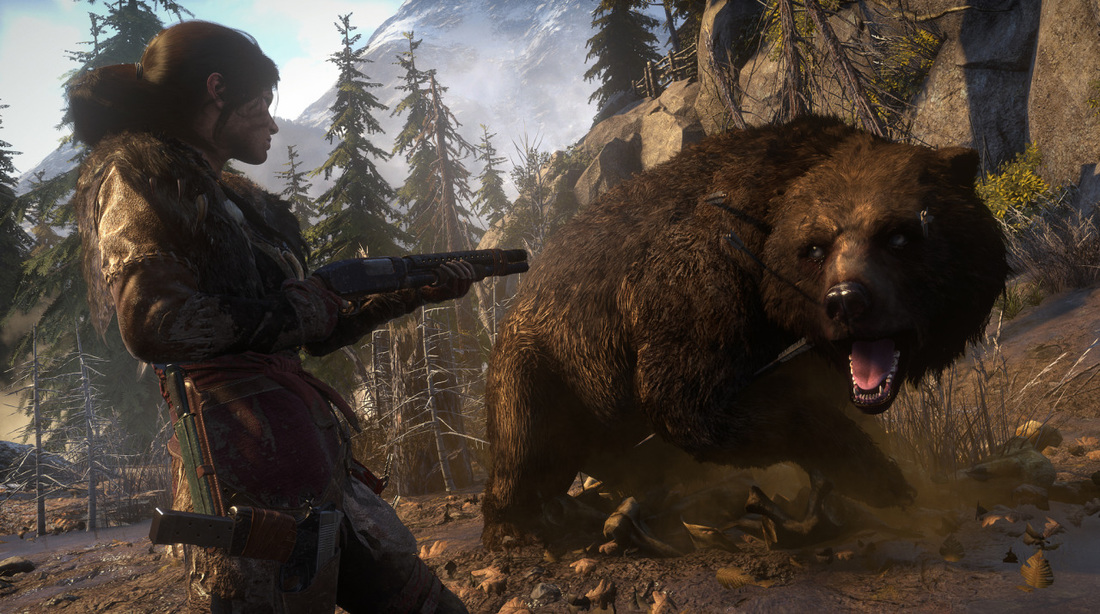
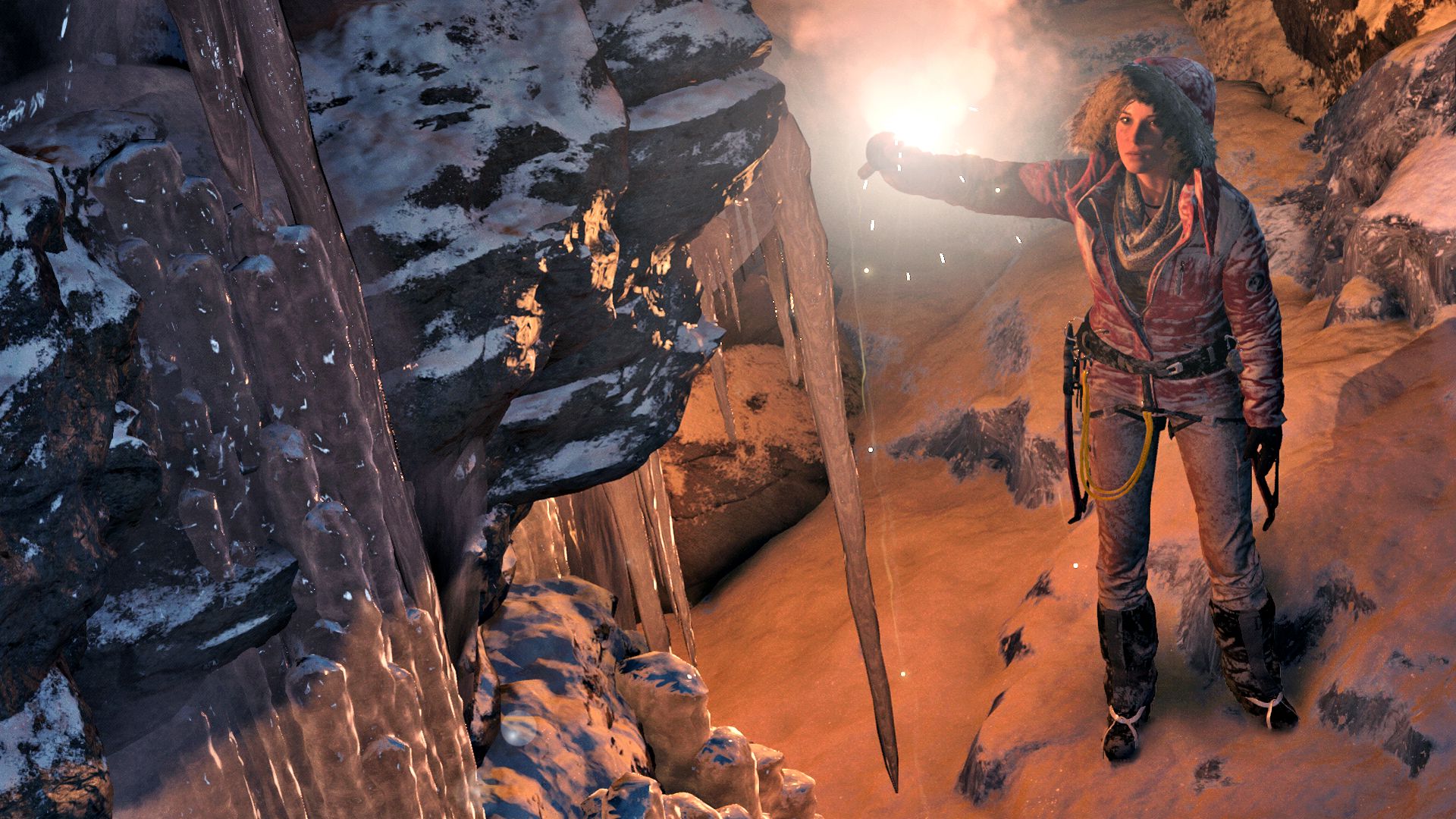
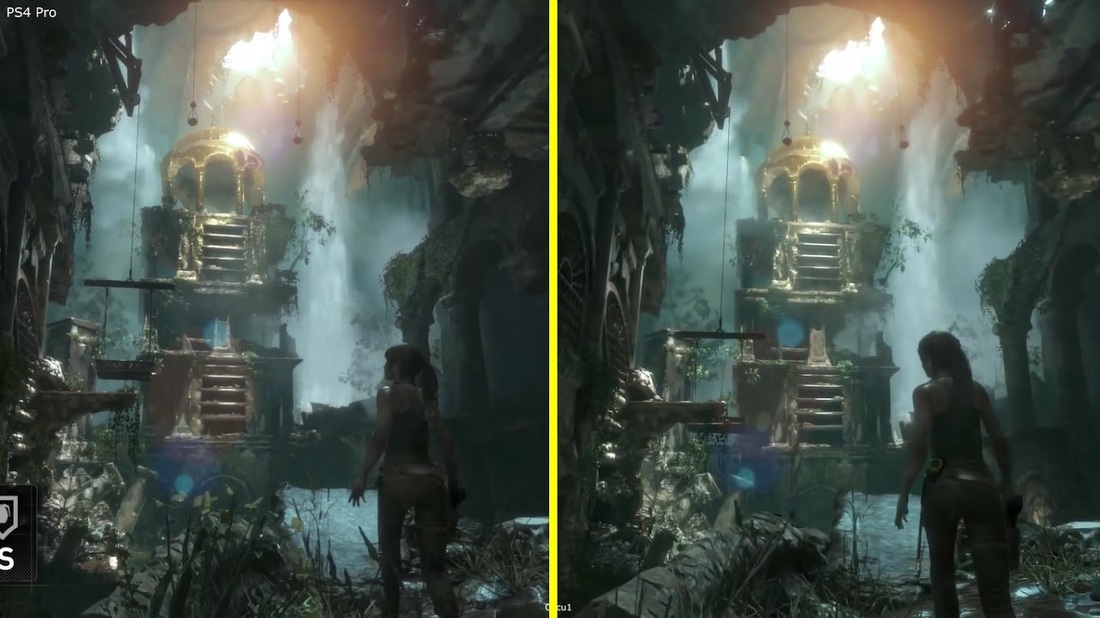

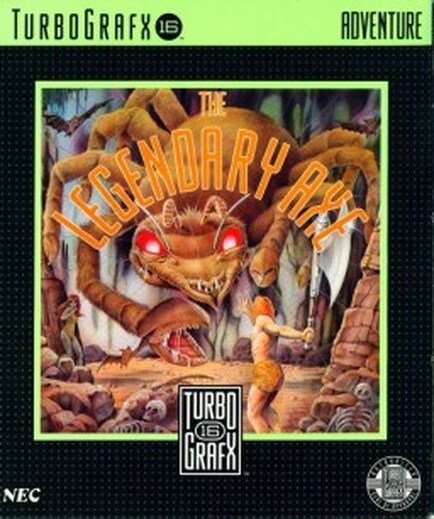
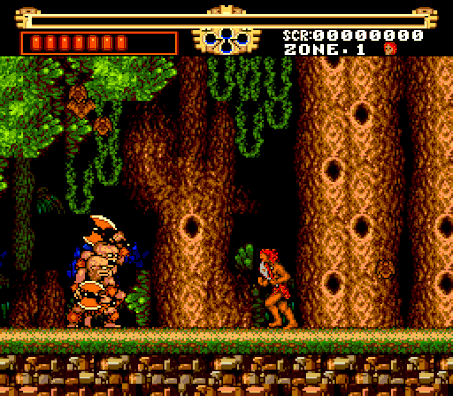
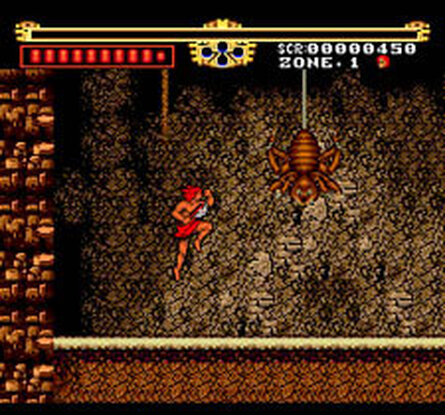


 RSS Feed
RSS Feed
